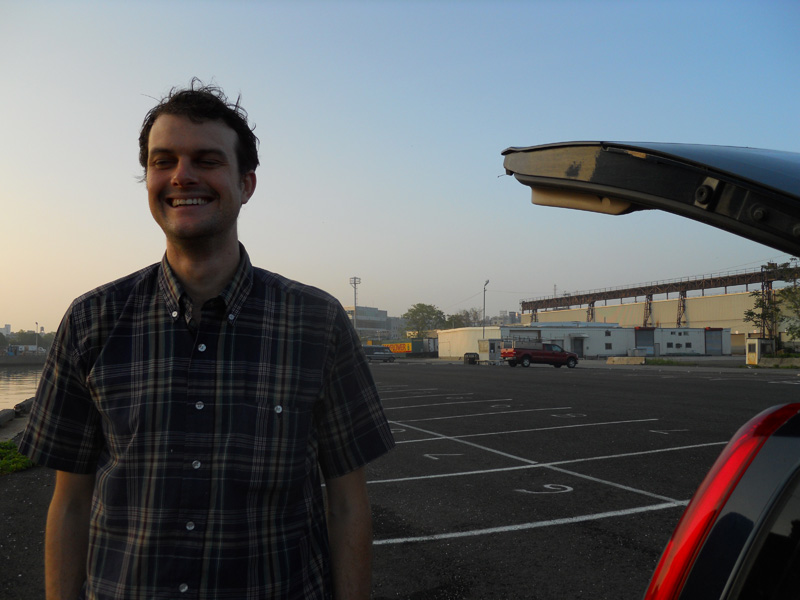
Willis Elkins and I wanted to make a version of Don Betts’ New York Harbor Tide Wheel, Â but based on the complicated currents surrounding Staten Island.
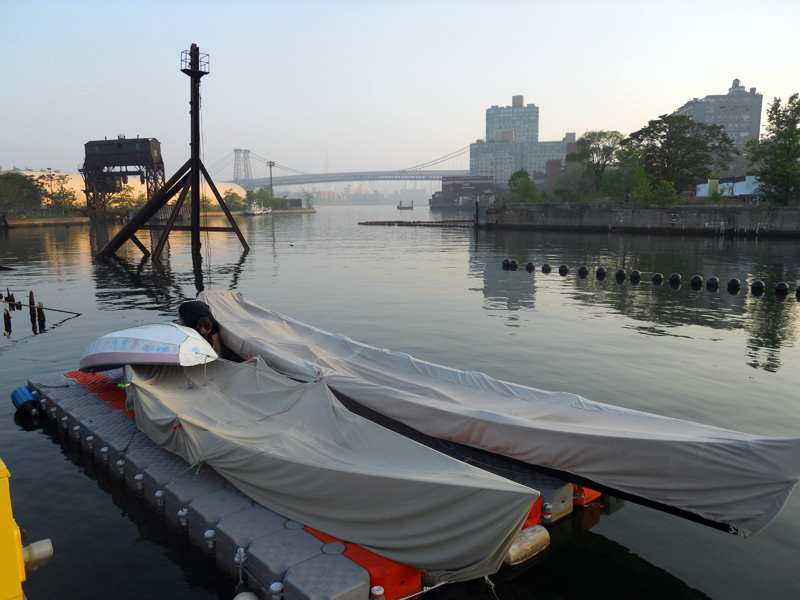
For this operation, we solicited the help of Rob Buchanan, an intrepid boater, Director’s Board Member of the Village Community Boat House, and friend of Don Betts.
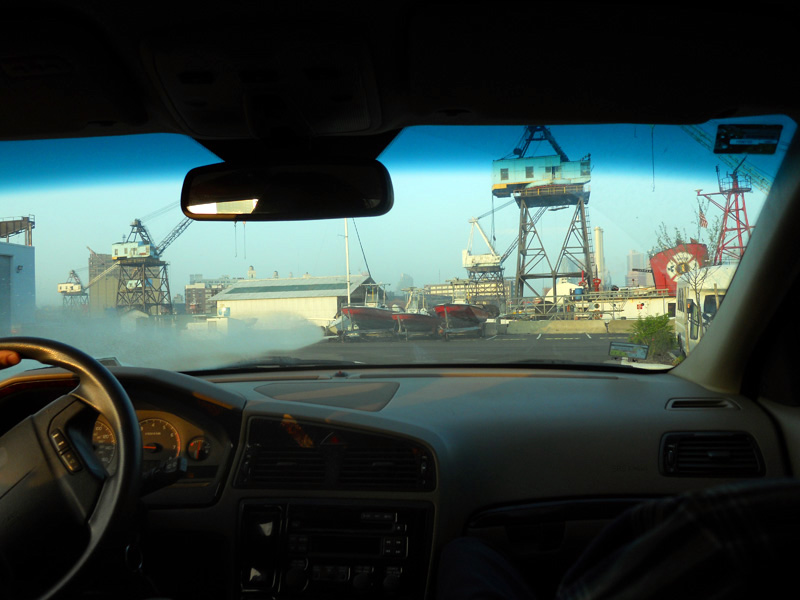
Rob offered the use of a bigger boat to cover more distance, and he drove us around to various points along the waterfront to gather equipment.
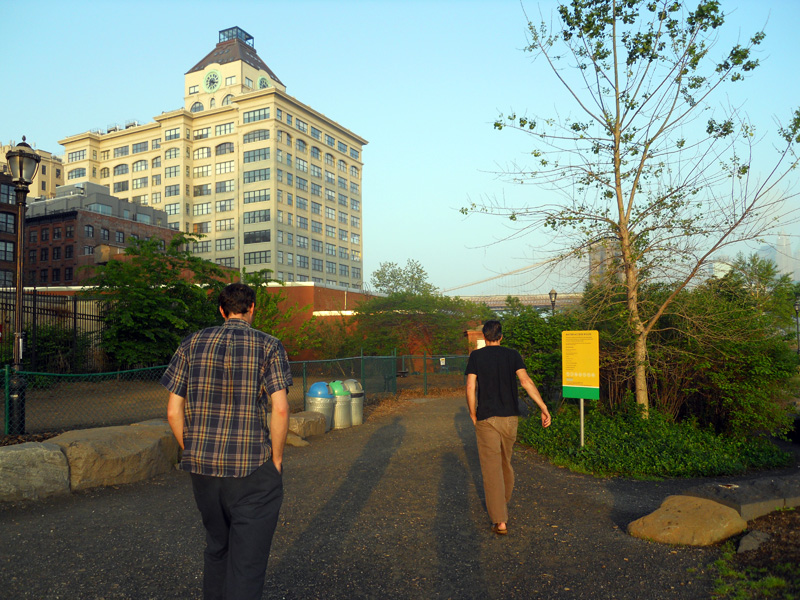
“Wow, Rob,” I said, “It’s like you have boats stashed at every launch in Brooklyn!”
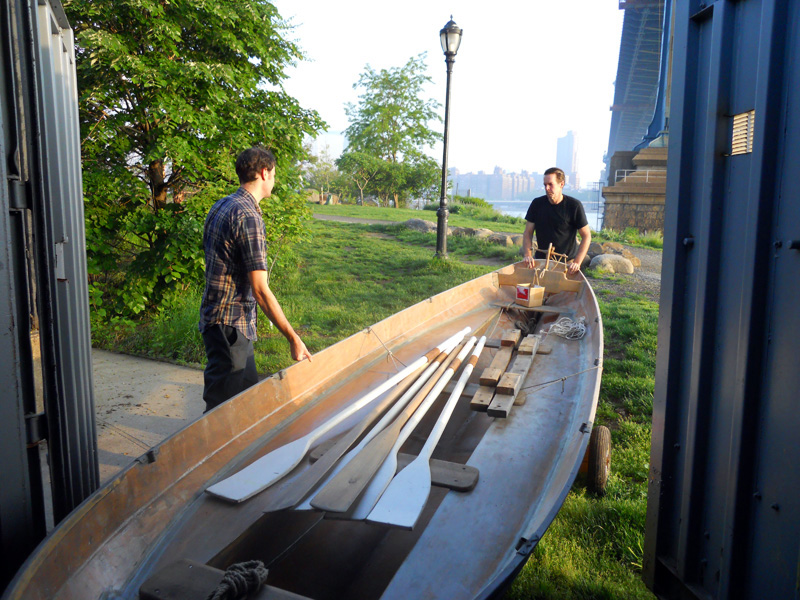
“Well, that is the goal anyway.” said Rob.
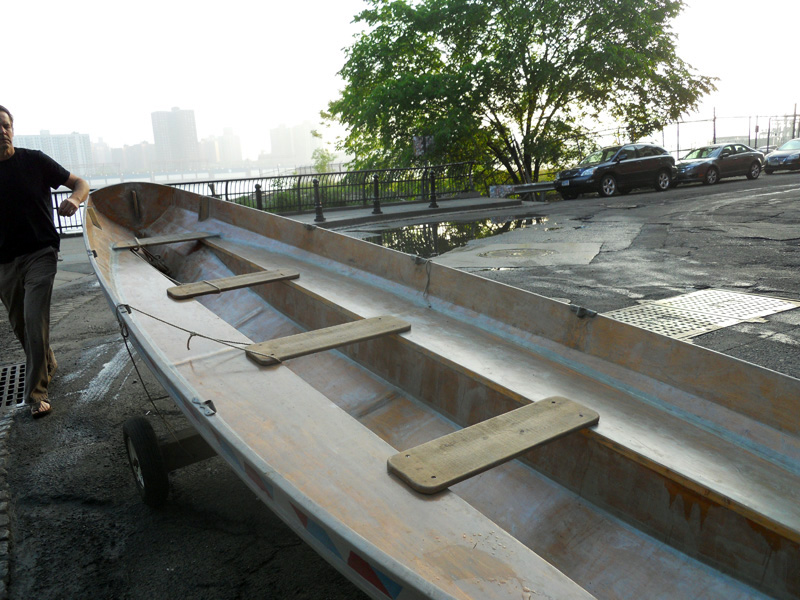
The boat Rob had in mind was an 18 foot ‘Jollyboat’, designed and built by Don Betts himself!
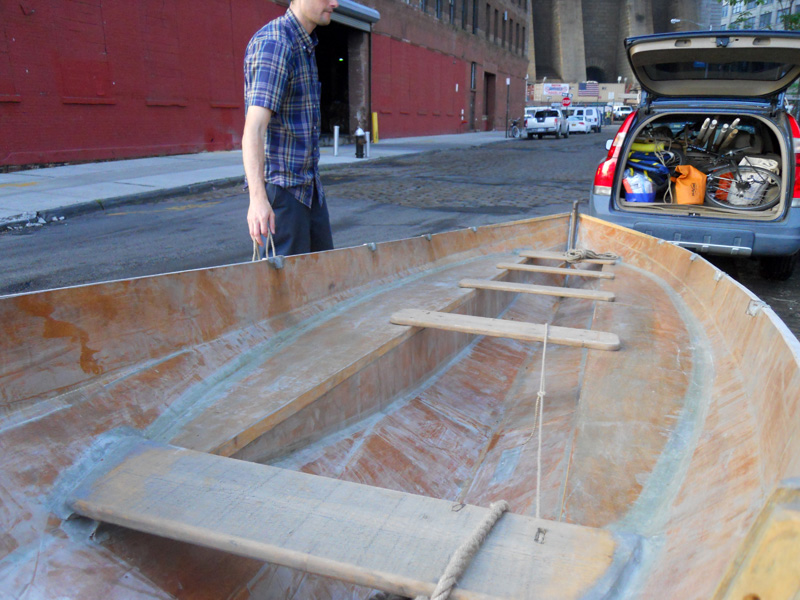
Rob knew all about its construction. “Don has a belief about building boats,” said Rob,
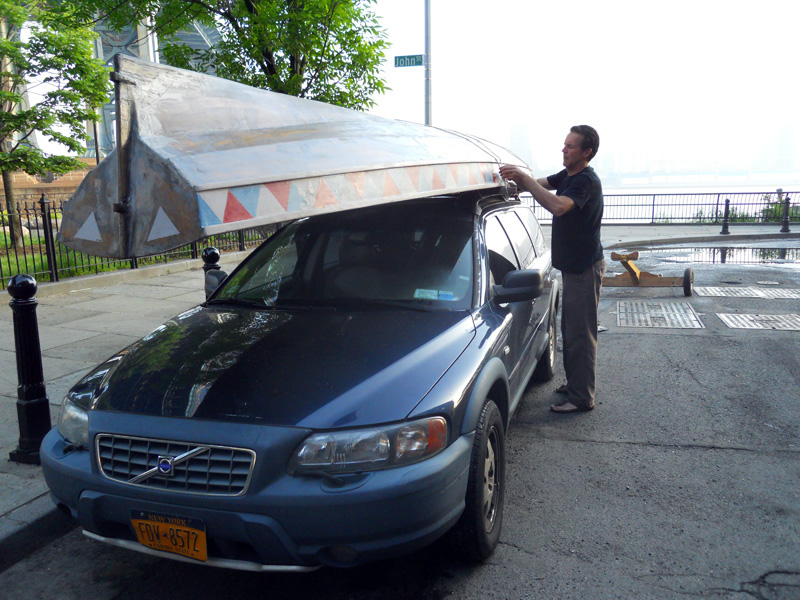
“build it fast, and fix it where it breaks.”
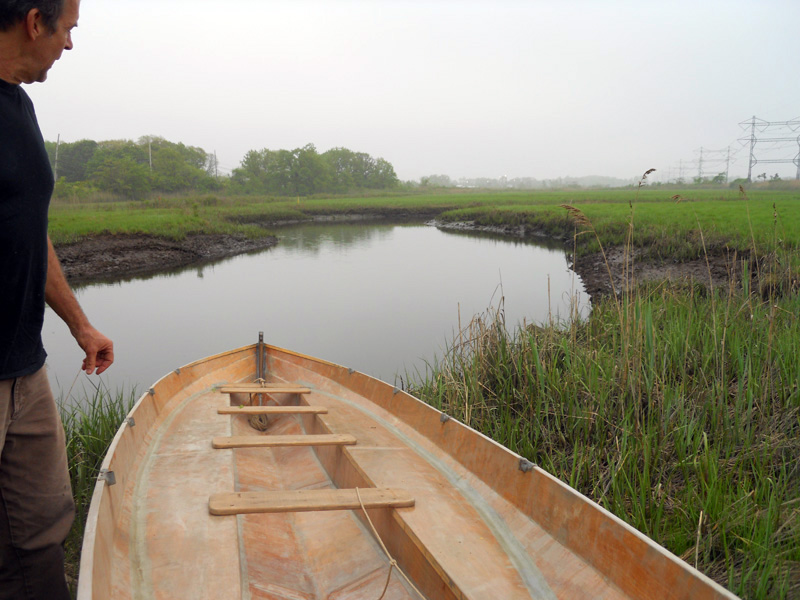
We found a spot on the Arthur Kill, where Rob launched a few years ago.
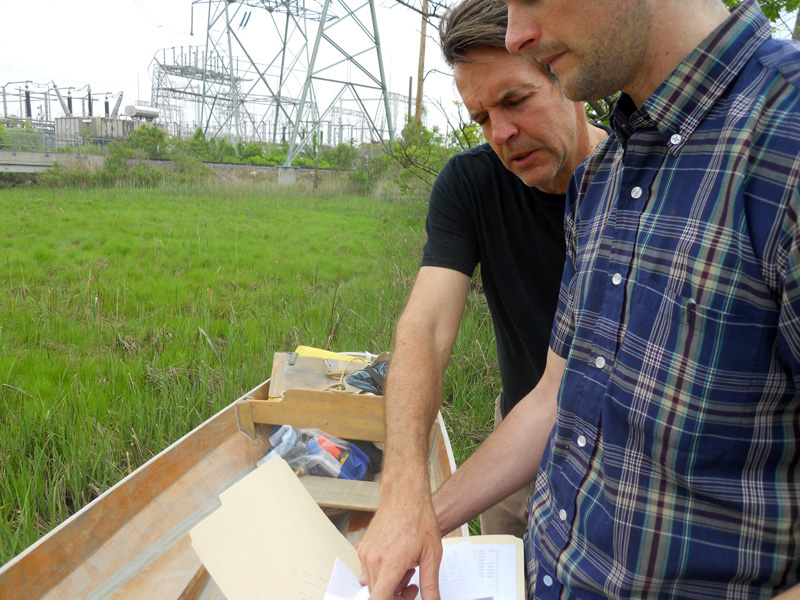
Willis brought what we would need to figure out the tide along our route,
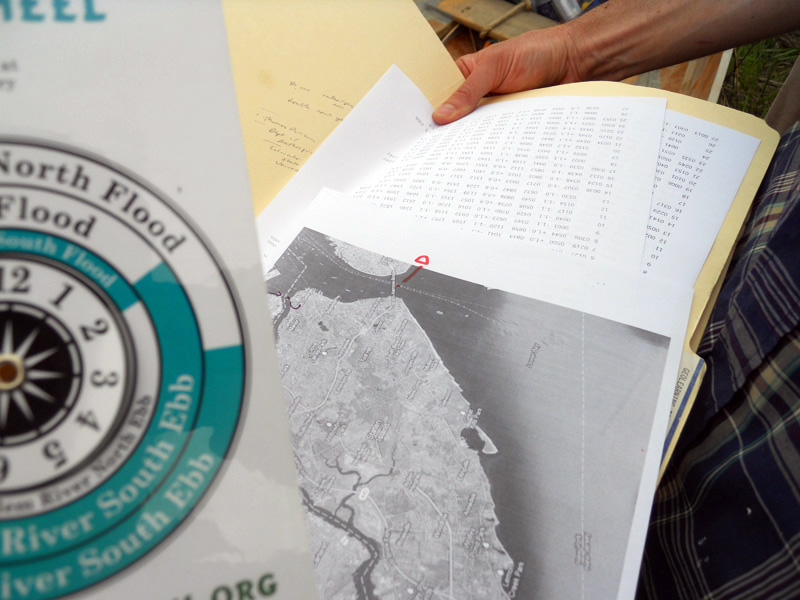
including one of Don Betts’ tide wheels.
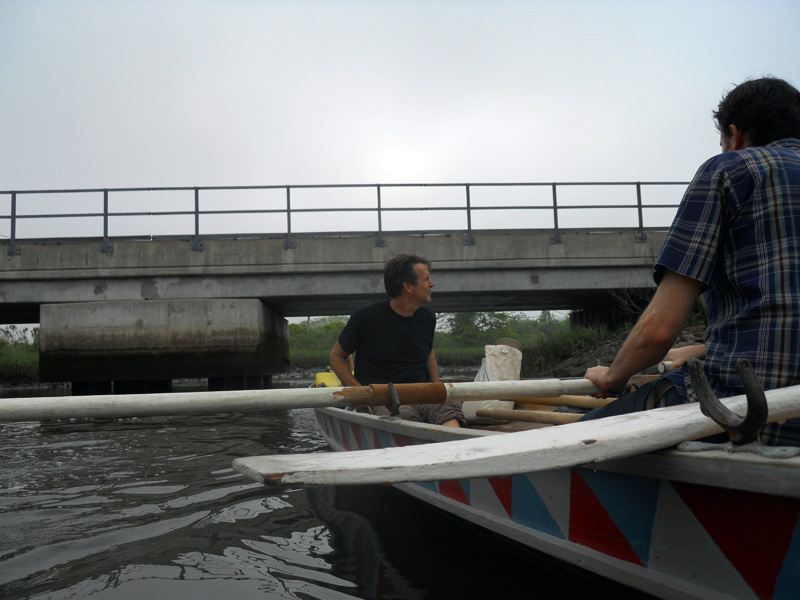
The jollyboat was an excellent craft, built in a fashion after my own heart.
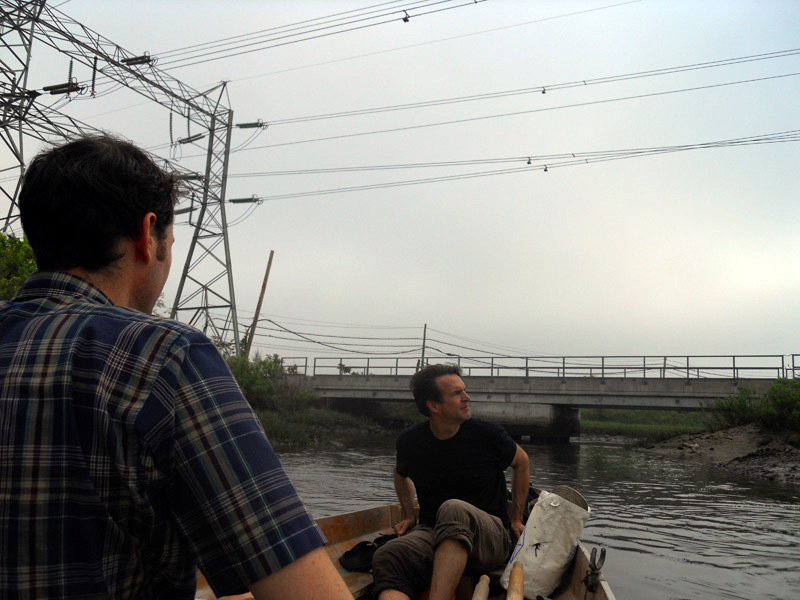
Rob could steer from a rope attached to the rudder, while Willis and I rowed.
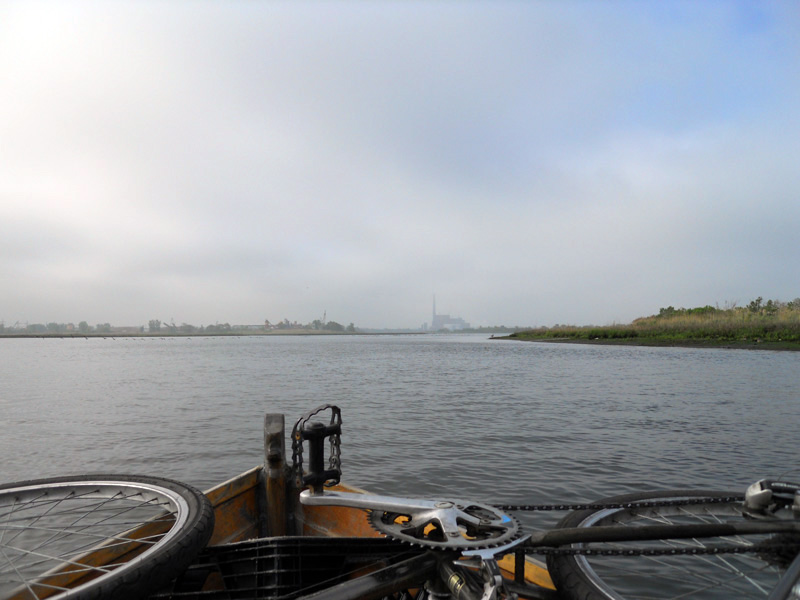
We stashed my bike in the bow, in case we wound up far from the car.
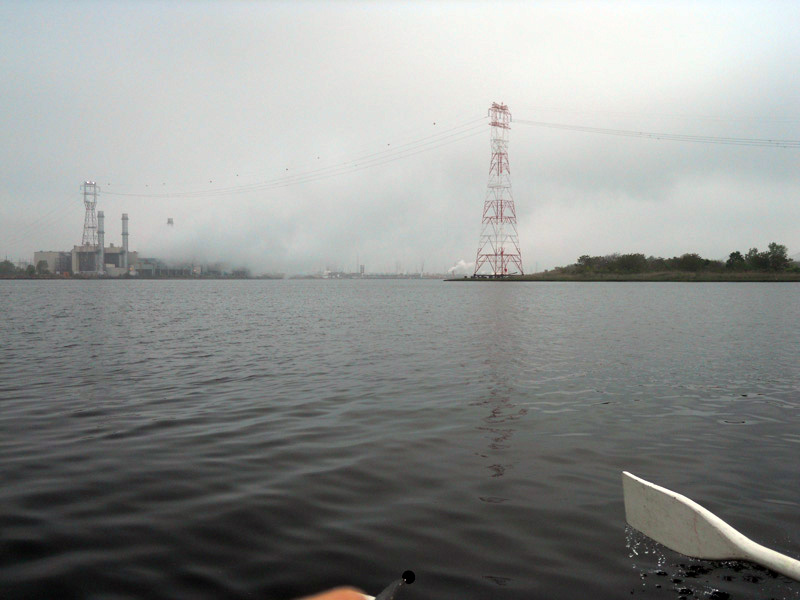
The morning was delightfully overcast,
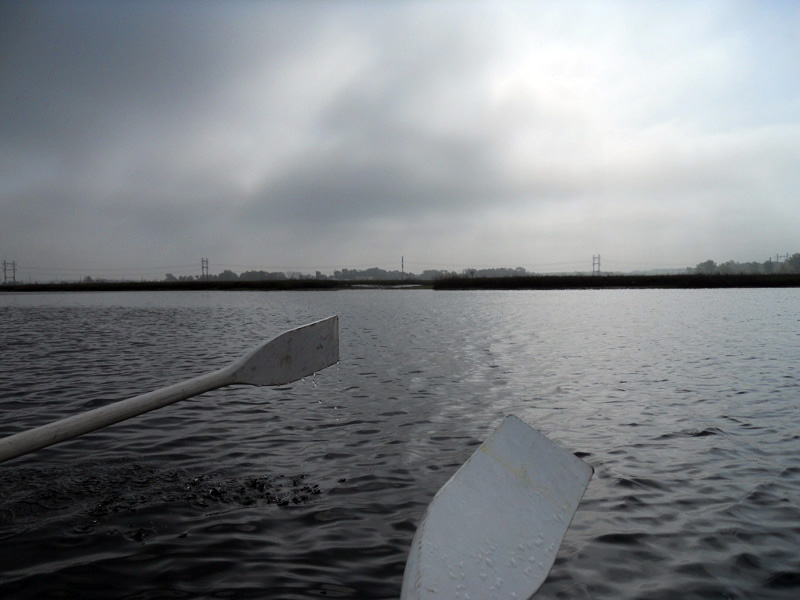
but we knew it wouldn’t last.
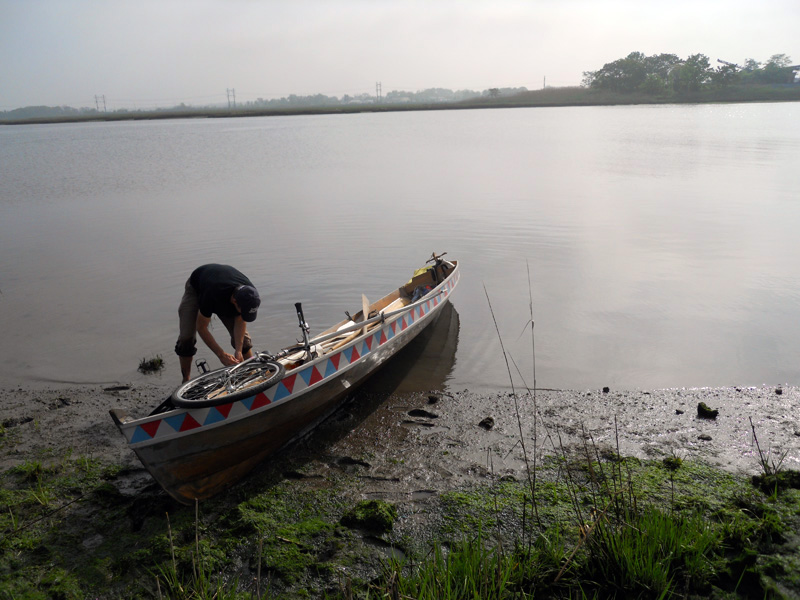
We landed on Prall’s Island to explore.
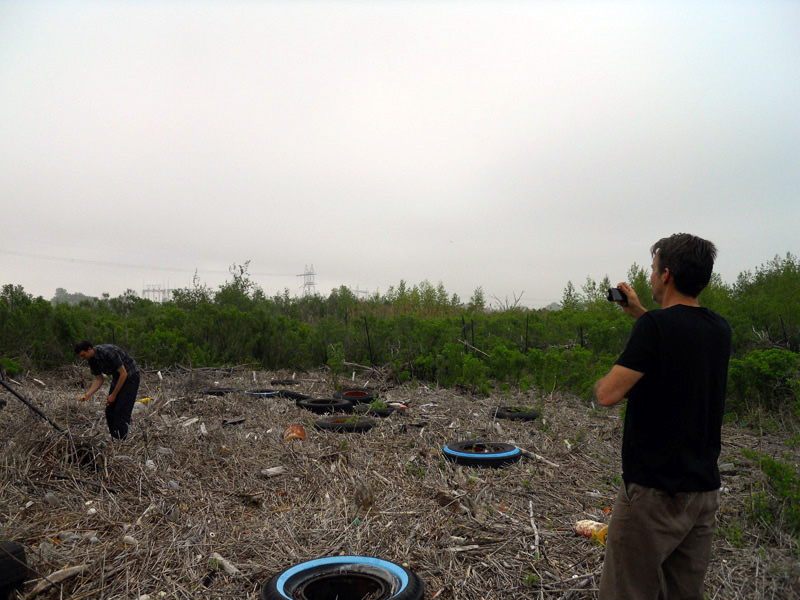
Once you start beach combing, I find that it is impossible NOT to start a collection.
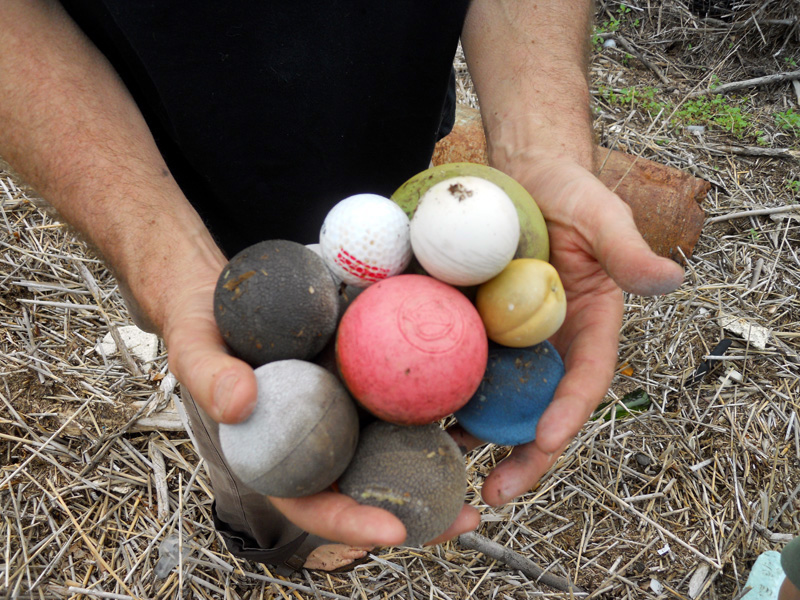
Rob started finding balls,
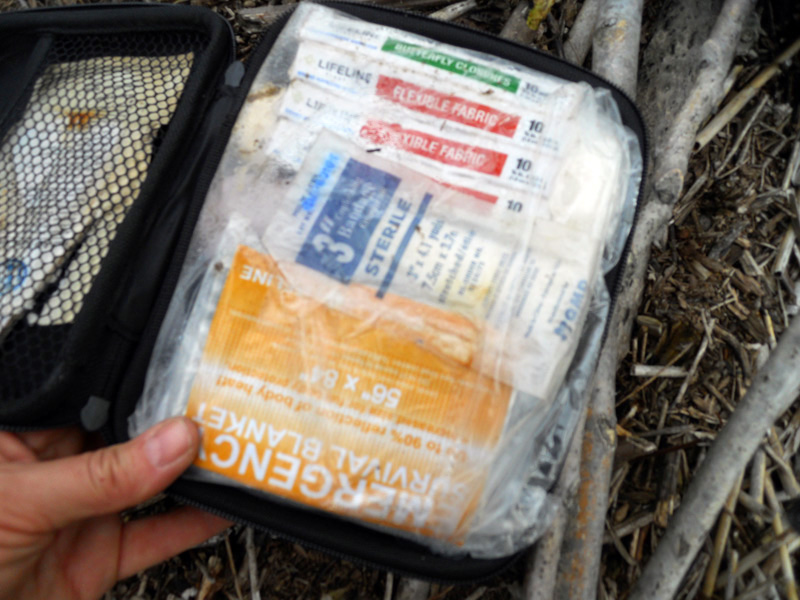
and Willis, first aid kits (aside from his usual hunt for lighters and pens).
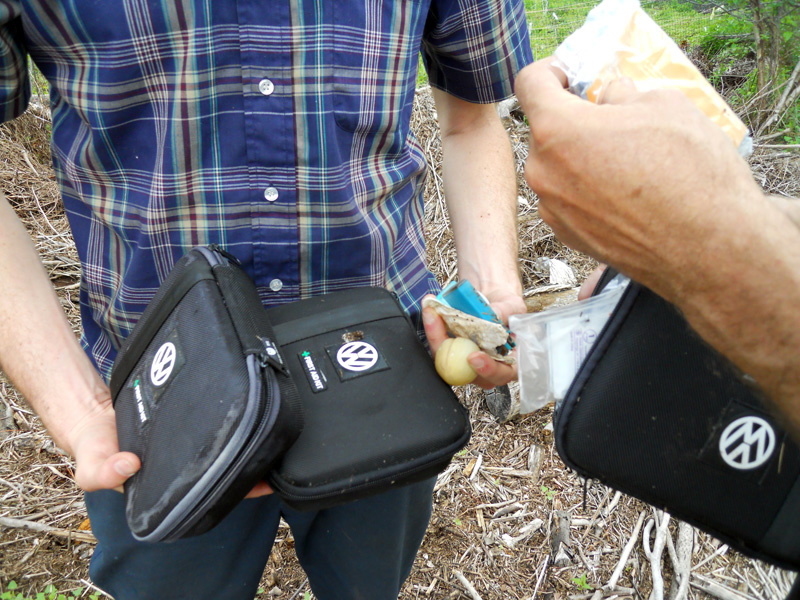
“What should my collection be?” I wondered.
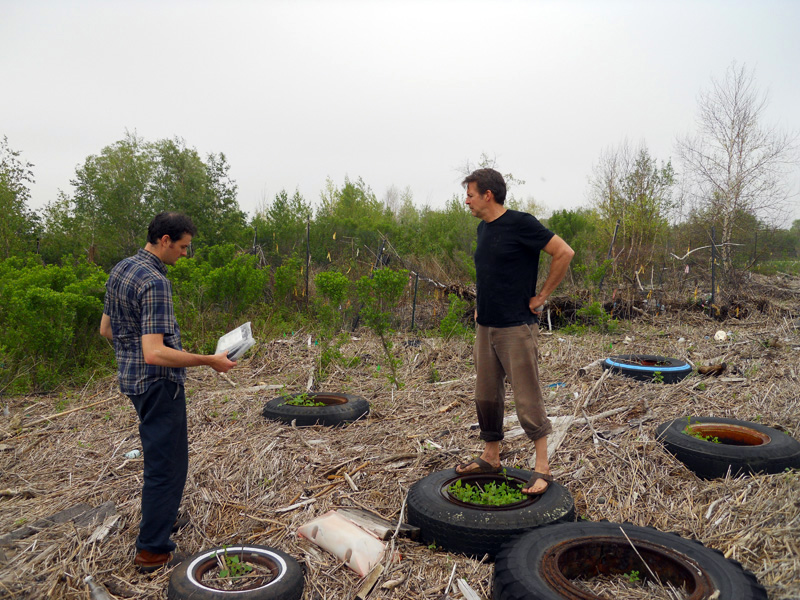
“Marie, you start getting all these tires.” said Rob.
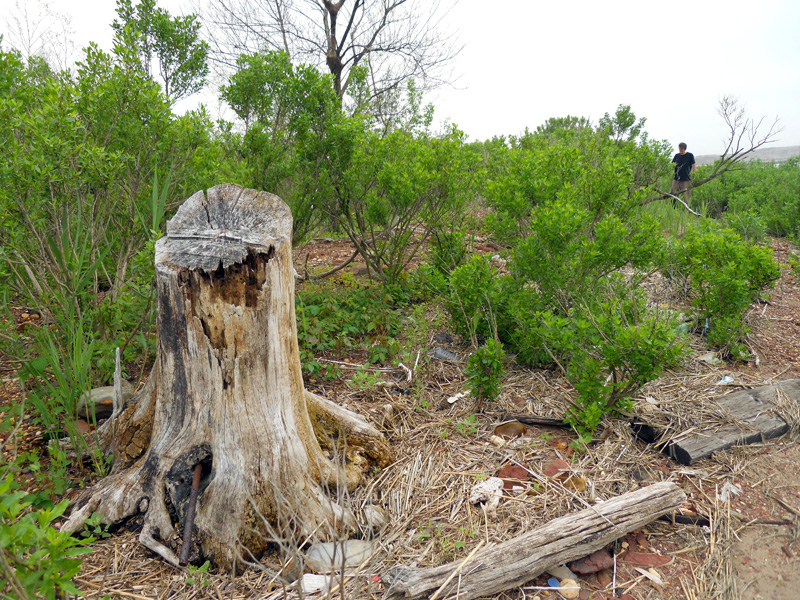
It was great to be there with Rob. So many of the questions I had on my first visit to the island could now be answered. For instance, why had these trees been cut down?
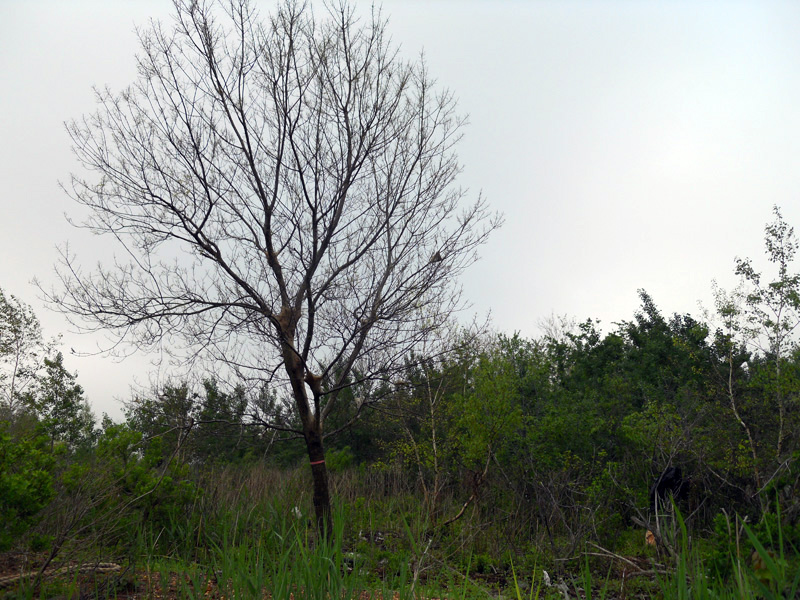
Rob explained that the city came out and cut down all the native trees on Prall’s in 2007, when some Asian Longhorn Beetles were discovered in the old birch forest here.
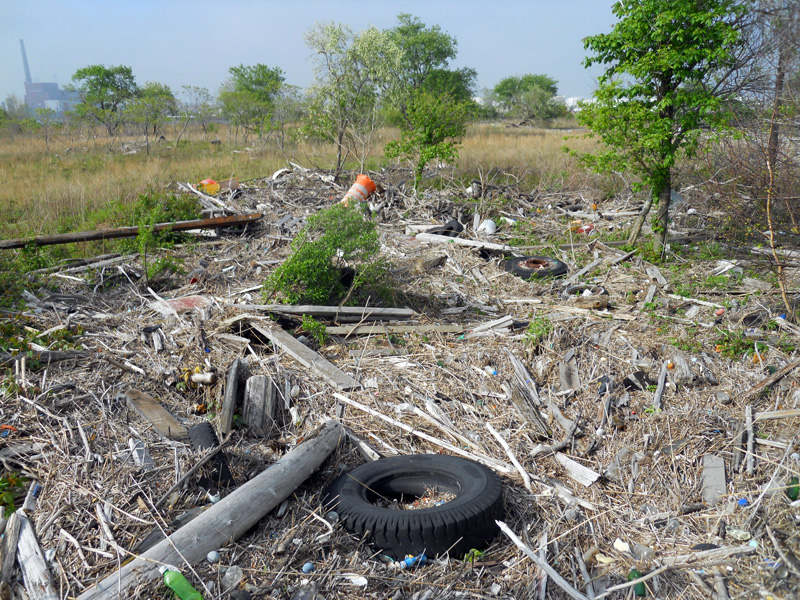
I wanted to show Rob and Willis the southern end of the island, where a drift of debris from Sandy was washed clear across the island.
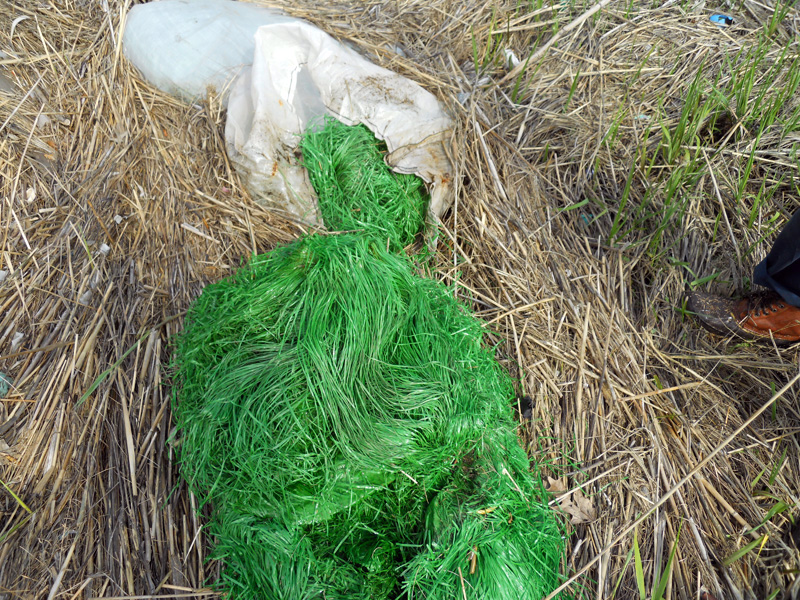
We found bales of what we decided was the raw material for plastic rope,
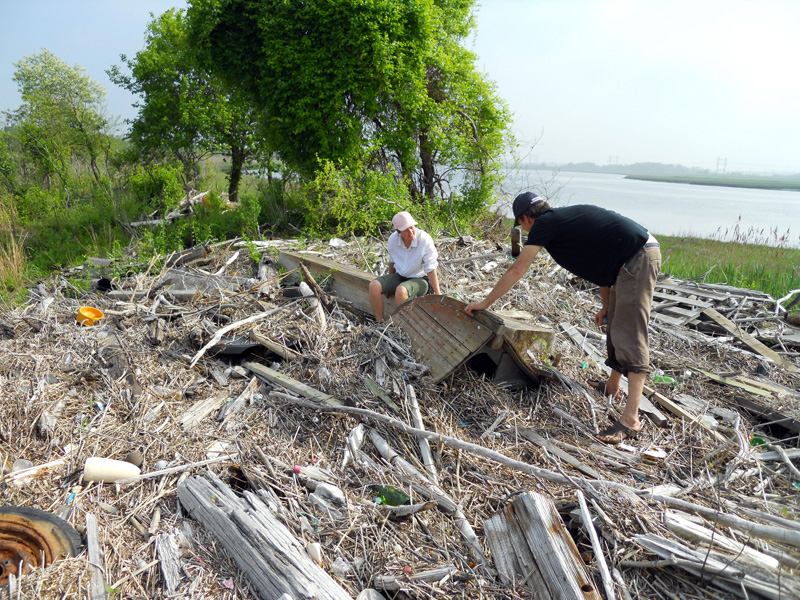
and we studied an old wooden boat that had been mysteriously chopped in half.
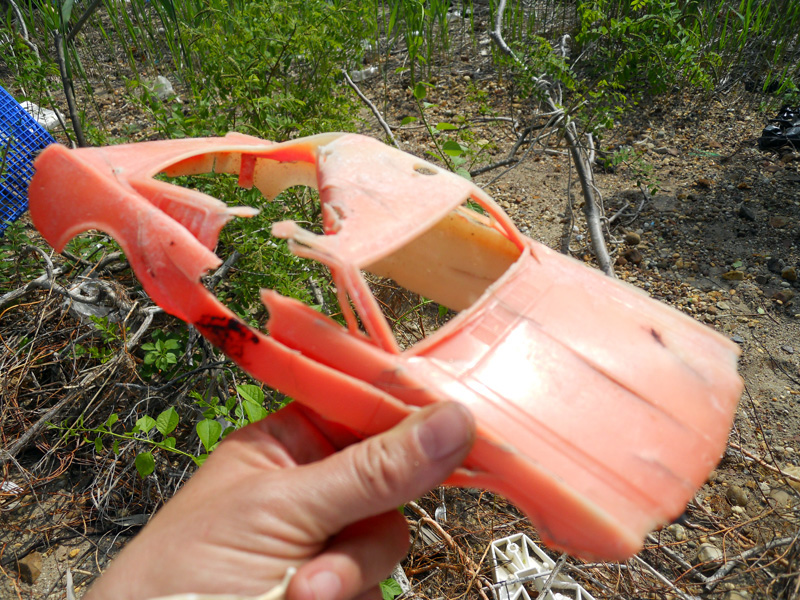
Then Willis spotted the object that would guide my collection for the rest of the day, a ‘transportation’ themed collection.
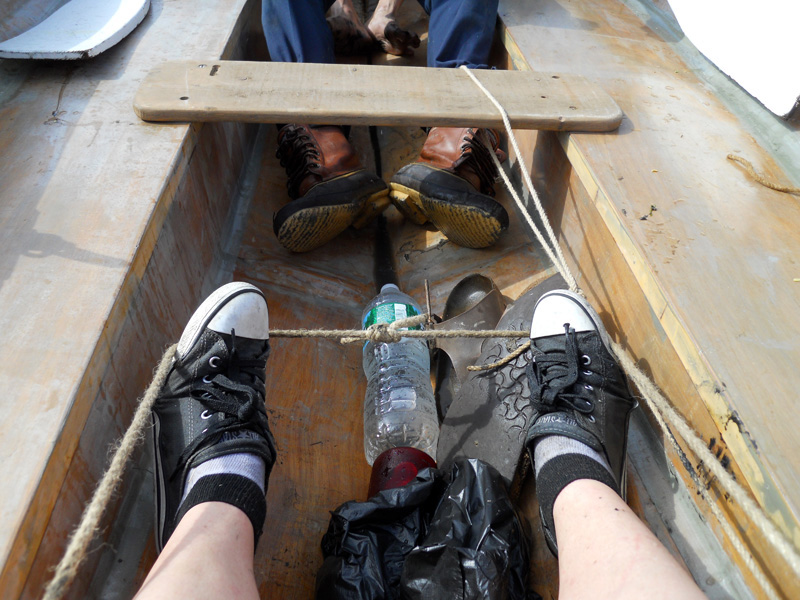
As we set out again, it was my turn to steer the boat. I held the steering rope with my feet,
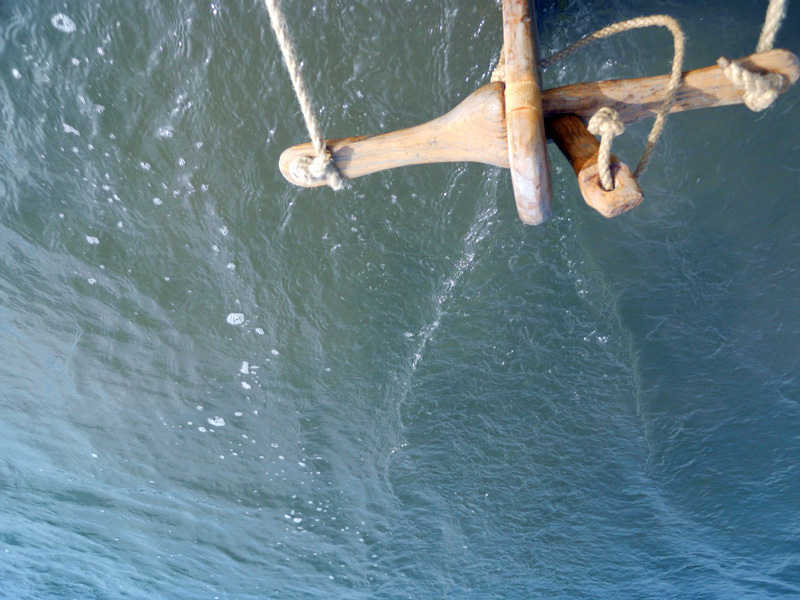
so that I could operate the rudder while I took pictures.
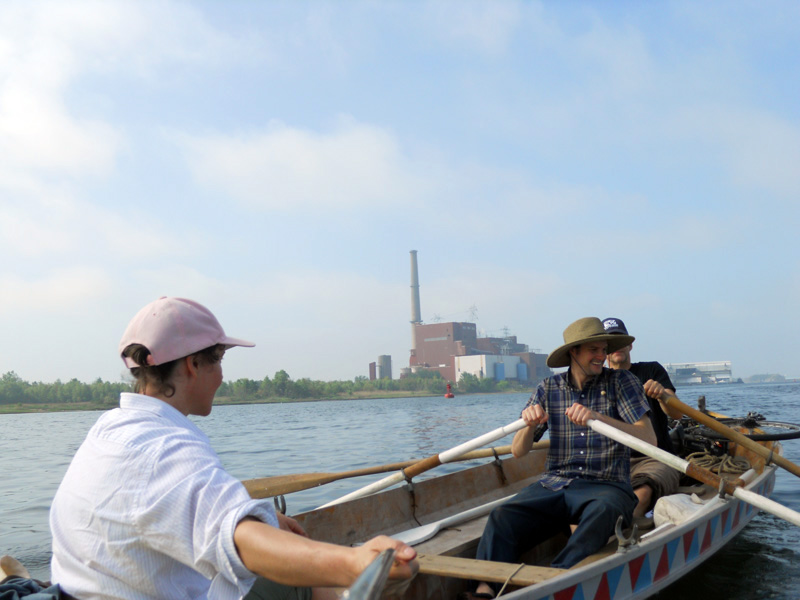
“This could be a new version of the Tide and Current Taxi,” suggested Rob, “where you just get rowed around by people.”
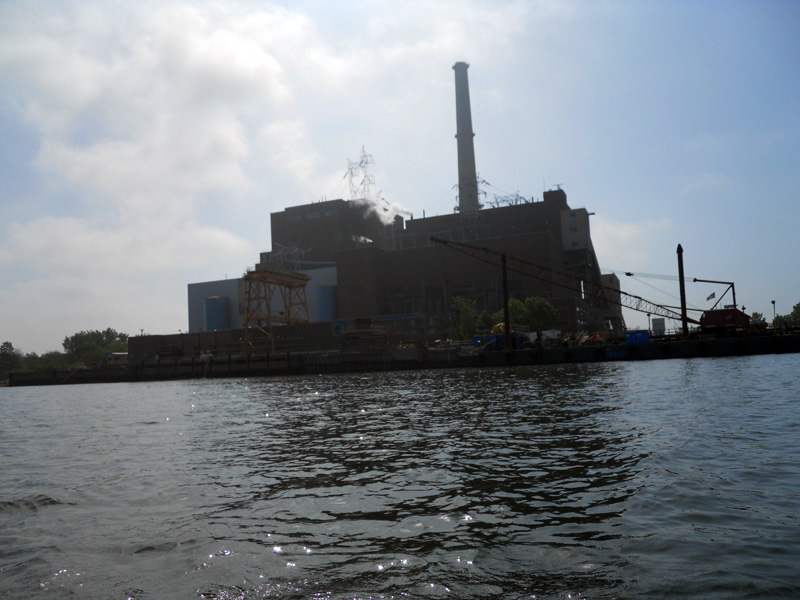
“Sounds pretty good!” I thought.
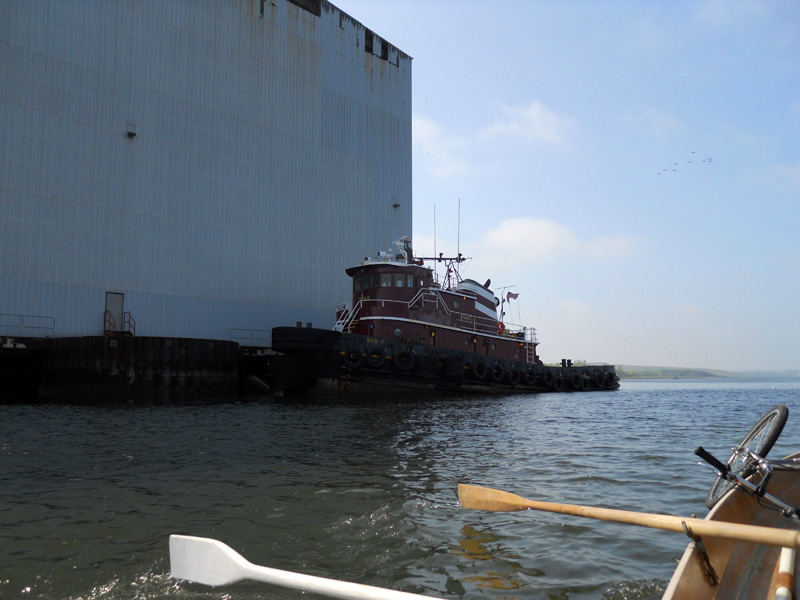
We were covering so much ground in the jollyboat,
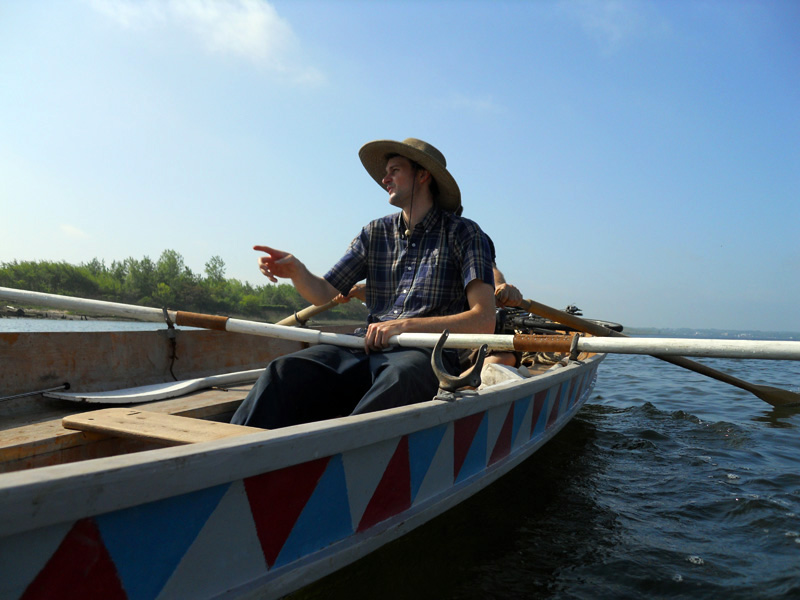
that I was finally able to see all the places I visited over the years roll by in an unbroken line.
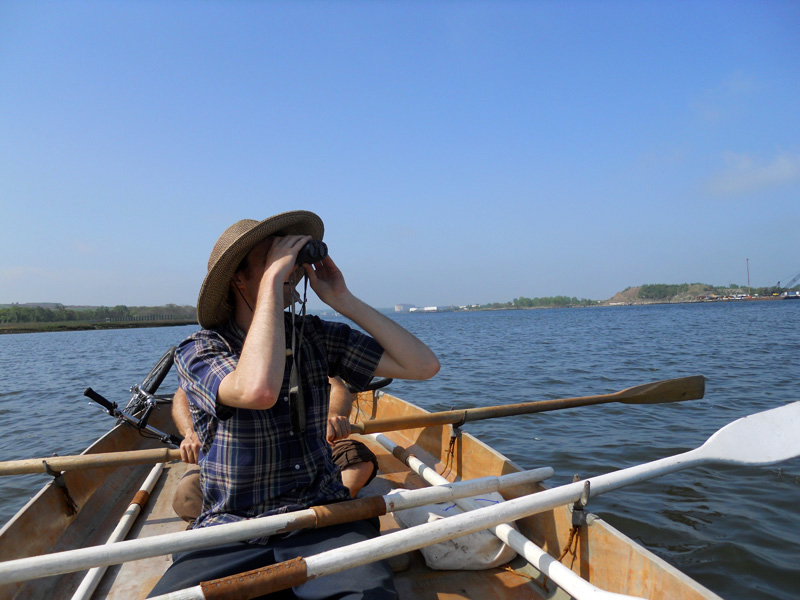
We were about to see an island in the Arthur Kill that none of us had set foot on before.
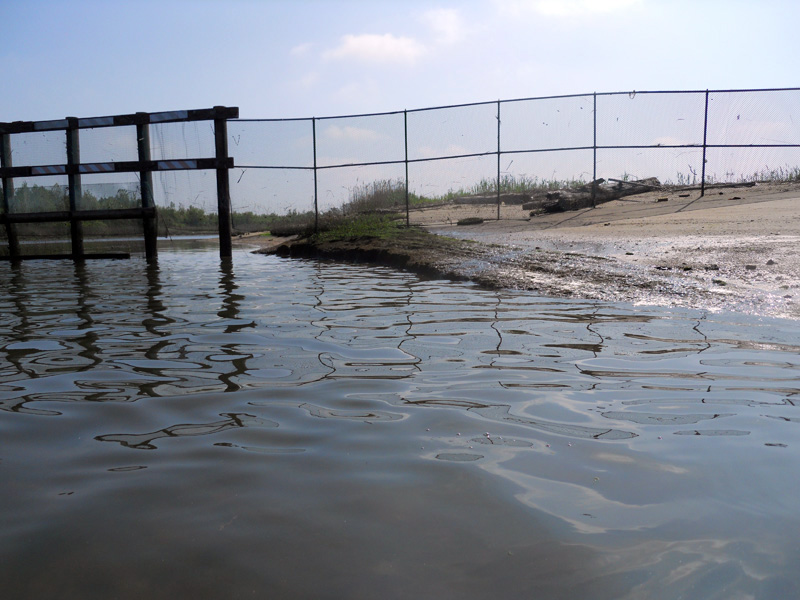
I thought that the Isle of Meadows was within the Fresh Kills landfill area, and therefore not accessible by boat from the Arthur Kill.
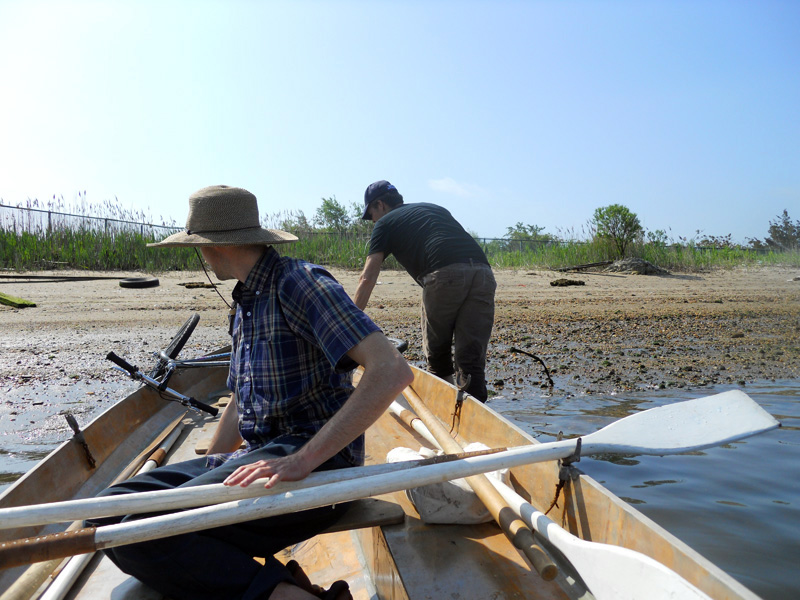
But there apeared to be an inviting stretch of beach between the fenced in landfill and the water.
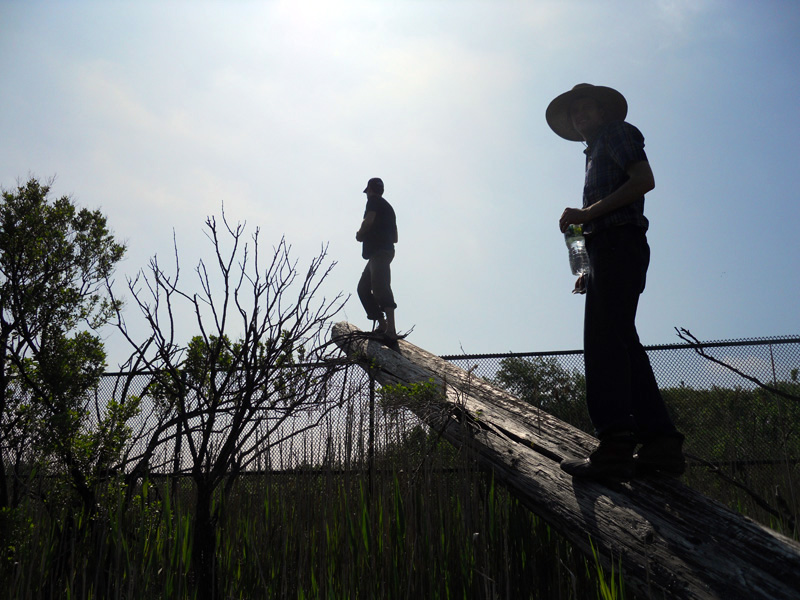
“All this garbage is depressing.” said Rob.
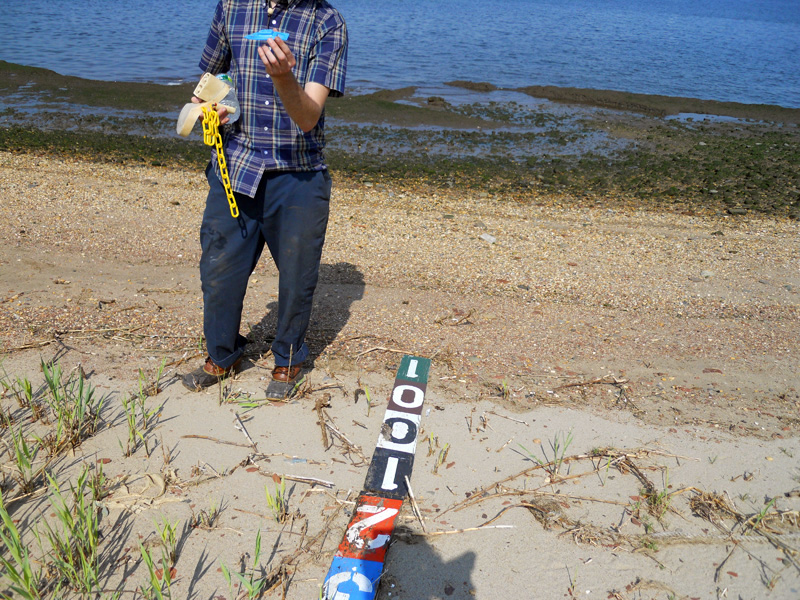
“Oh, I don’t know.” said Willis in disagreement.
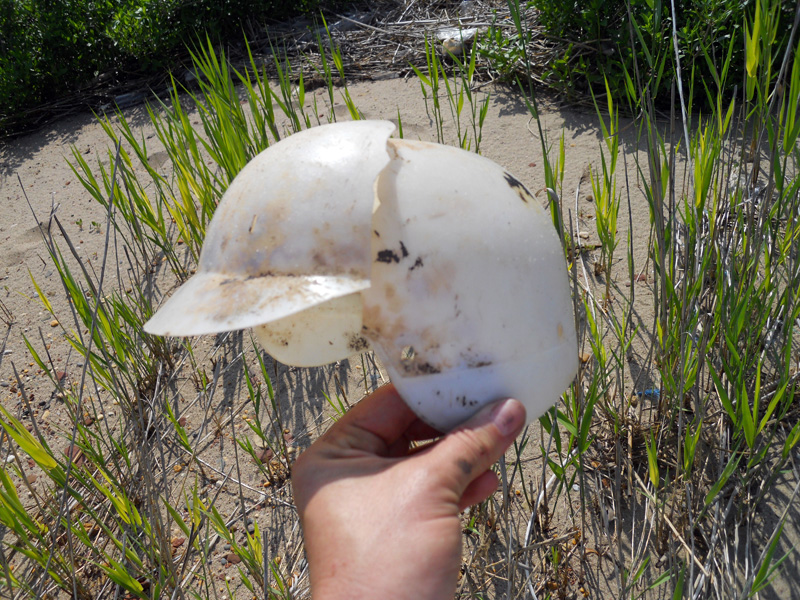
Only Willis could disagree with such a statement, considering his various collections and persuits of trash.
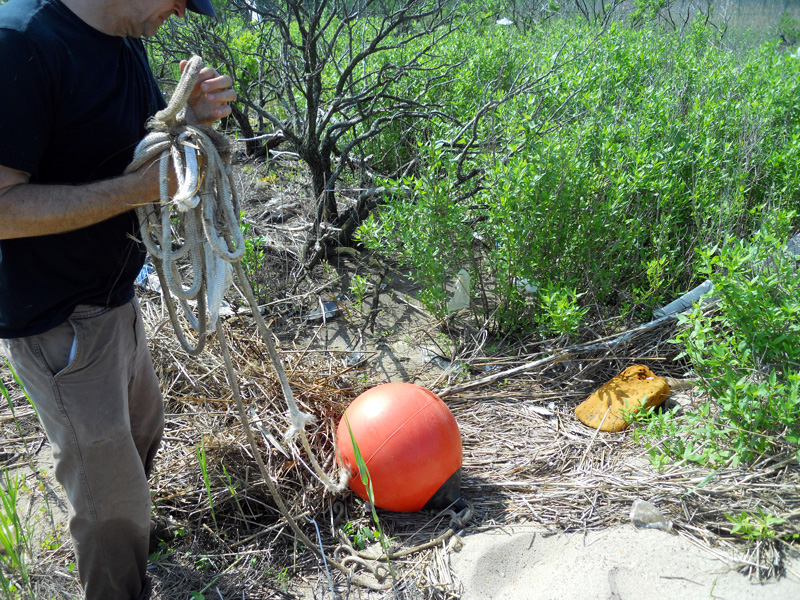
“Maybe I need to develope an attitude more like Willis.” said Rob. Who knows if he will ever love garbage the way that Willis does, but he did find  something of actual value; a bouy worth about 30$ that he could use on the docks at the Village Community Boathouse.
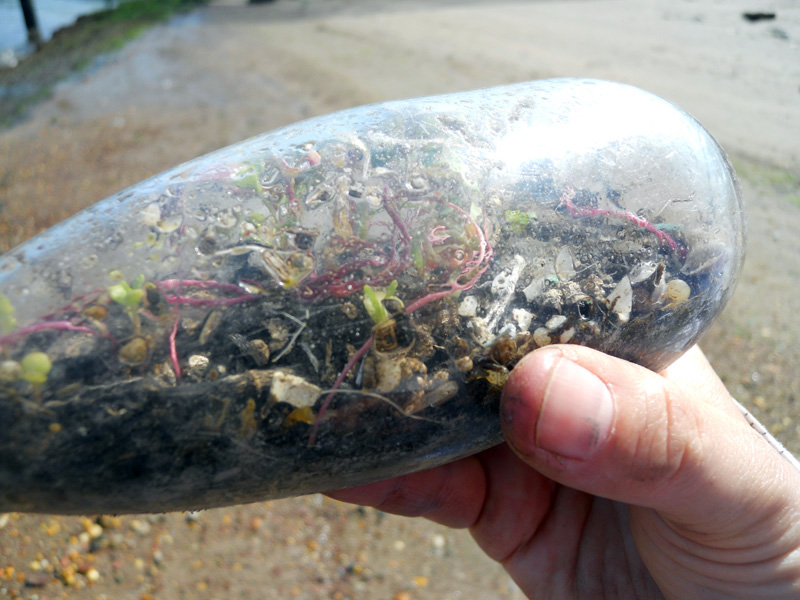
The value of most of the other stuff was harder to pin down.
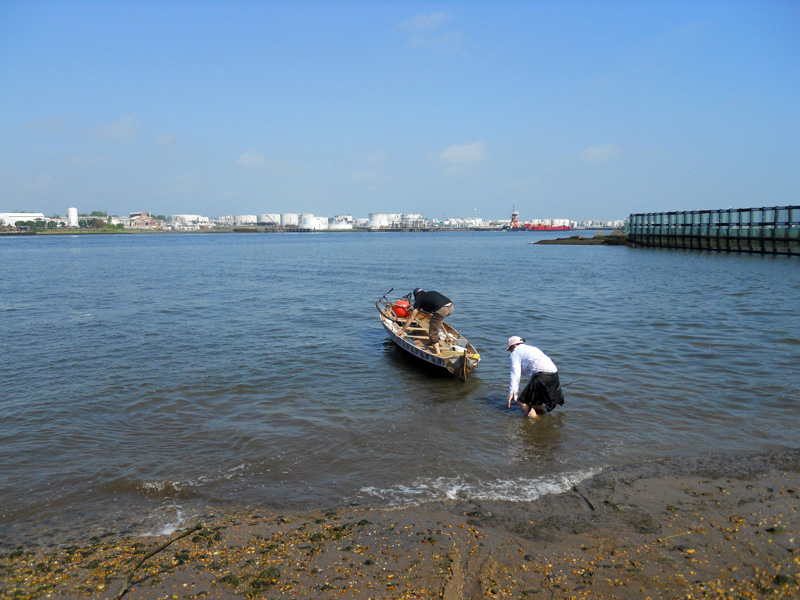
Rob decided to row the boat down the beach and let us walk along the length of the island.
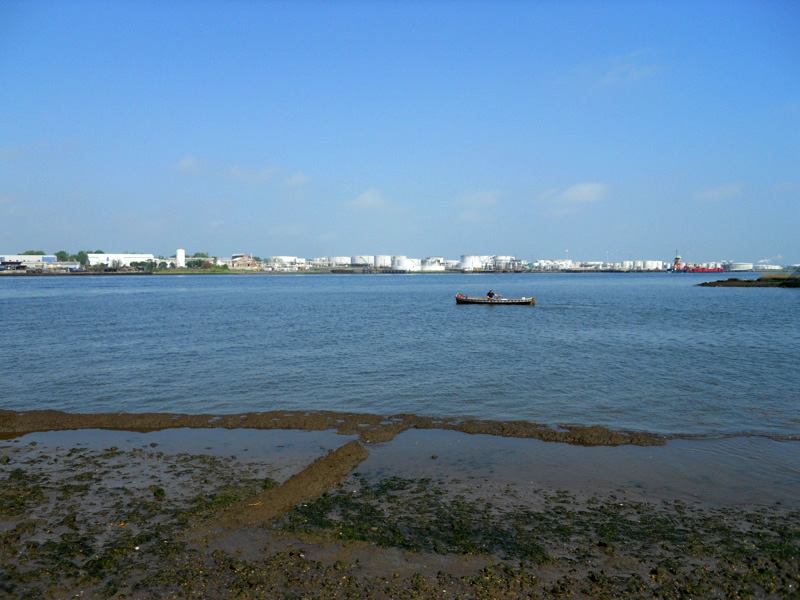
“Maybe I will just leave the two of you here.” he joked. “I didn’t tell you, but this is a reality TV show where two people are left on a landfill island.”
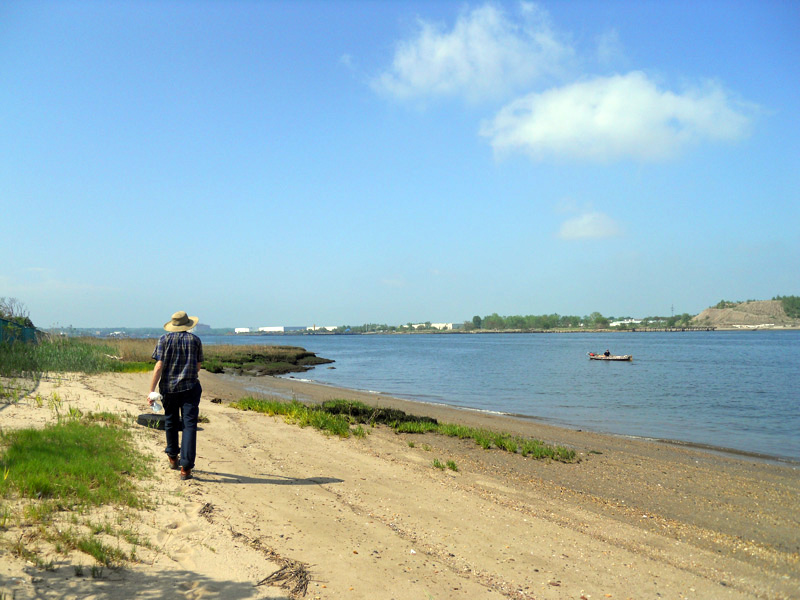
“The show is called ‘Fresh Kills’.”
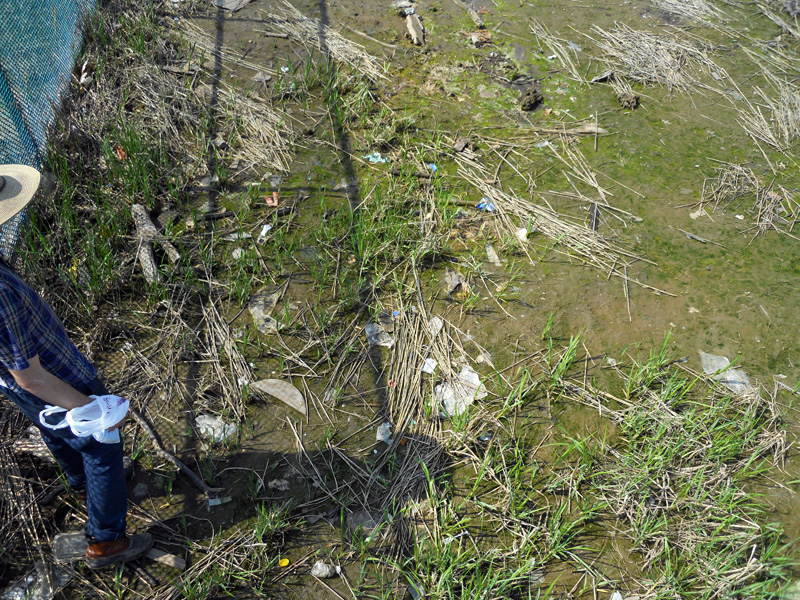
There were many treasures between the fence and the water,
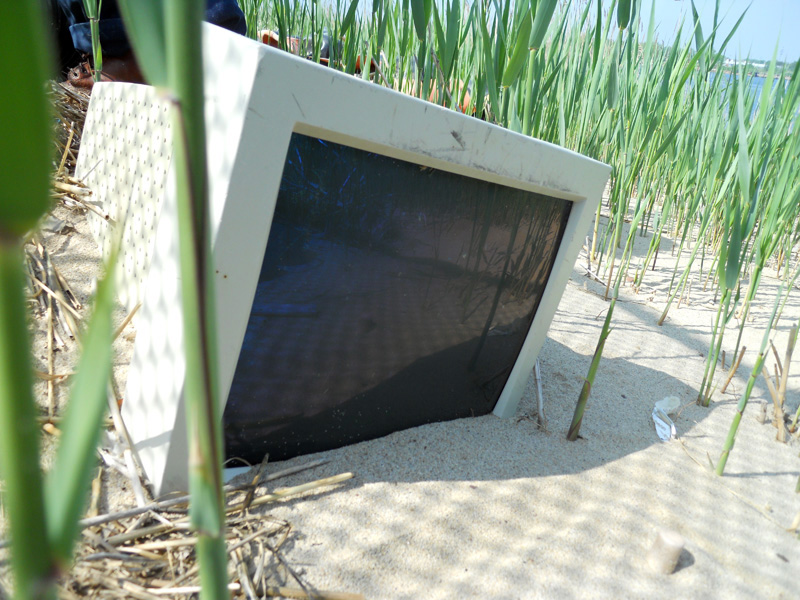
but they didn’t quite fit my transportation themed collection.
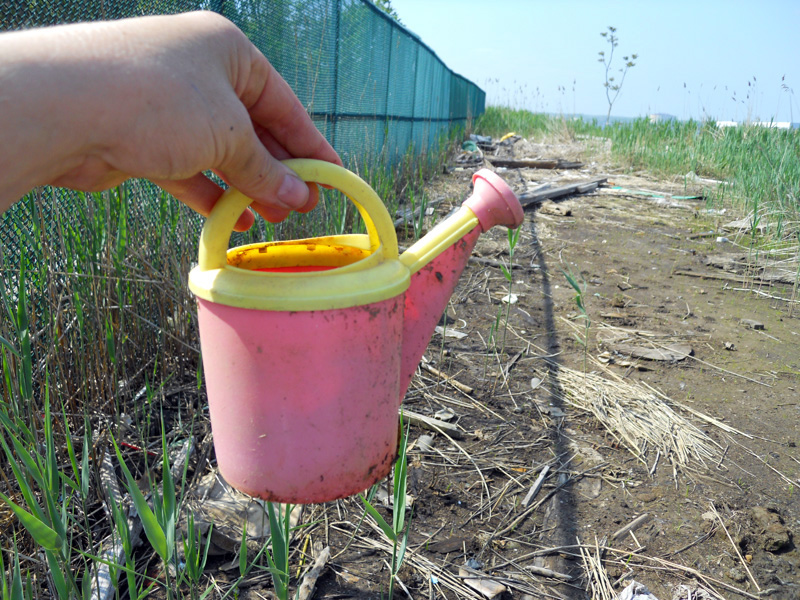
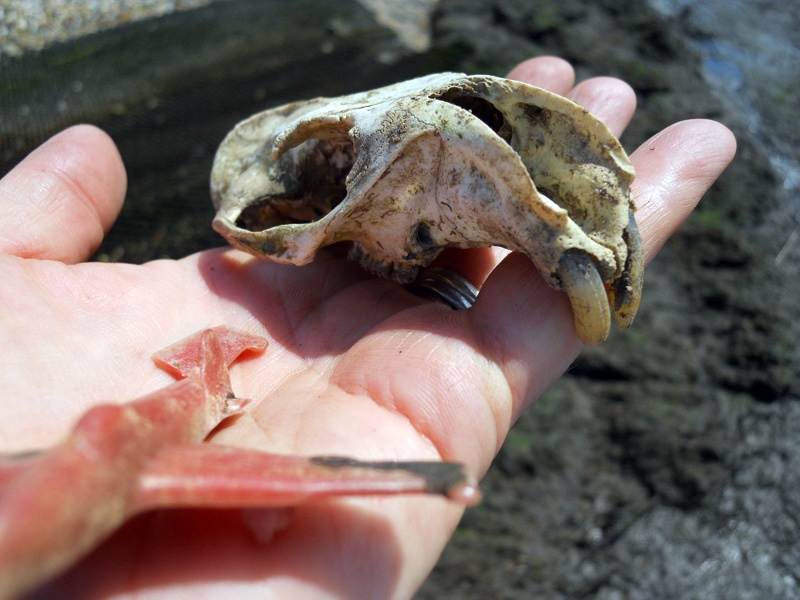
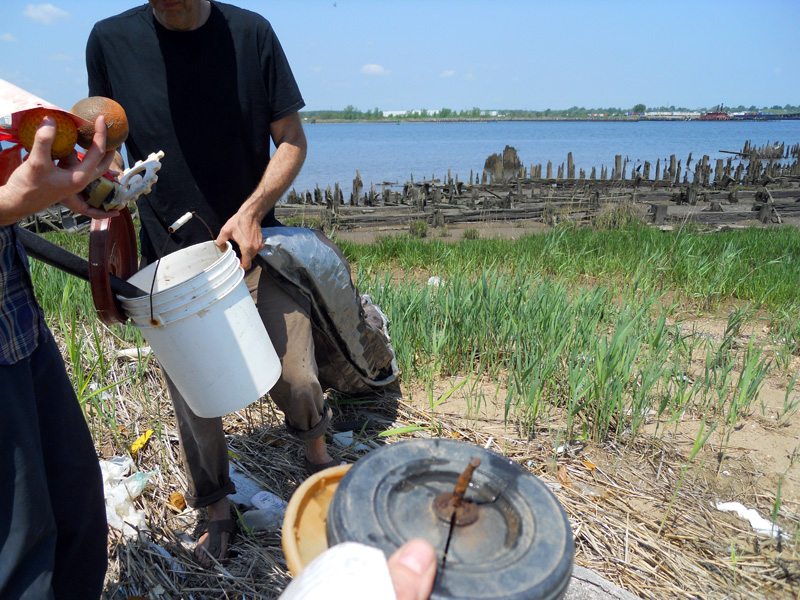
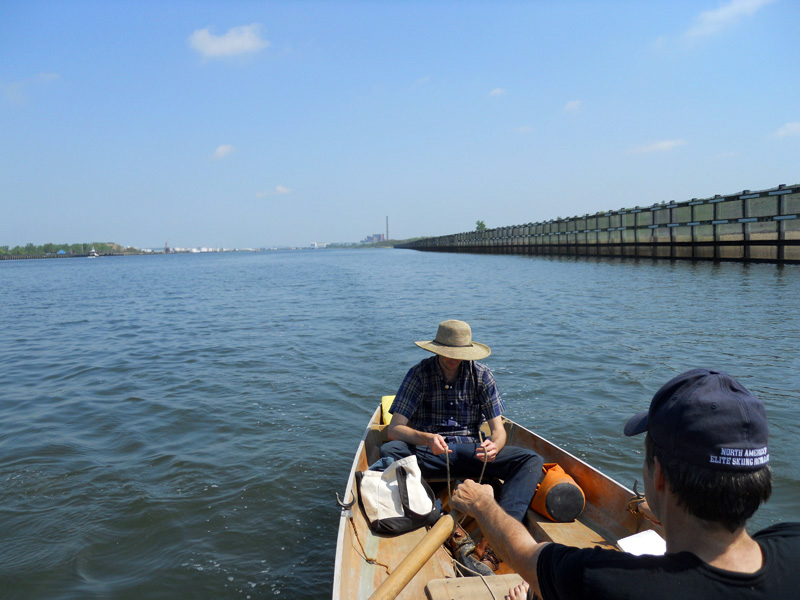
Rob picked us back up after all,
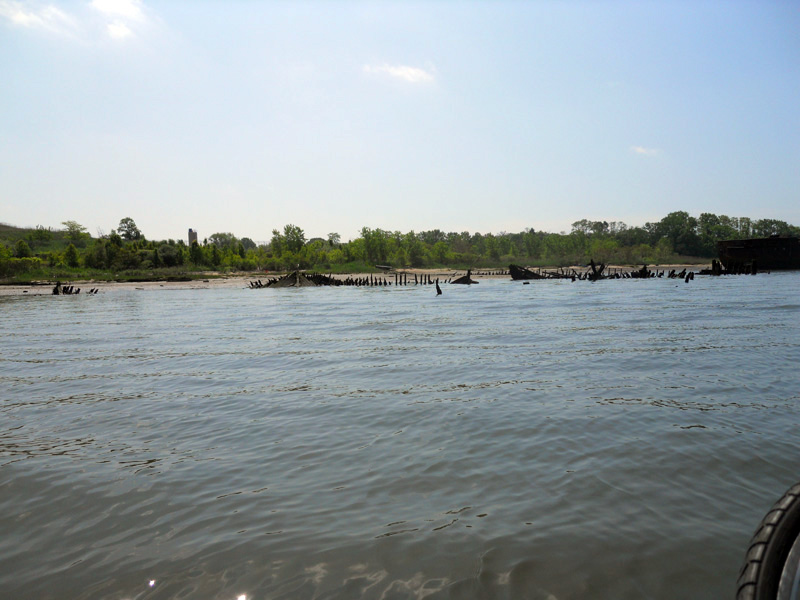
and we continued on to the Staten Island Boat Graveyard.
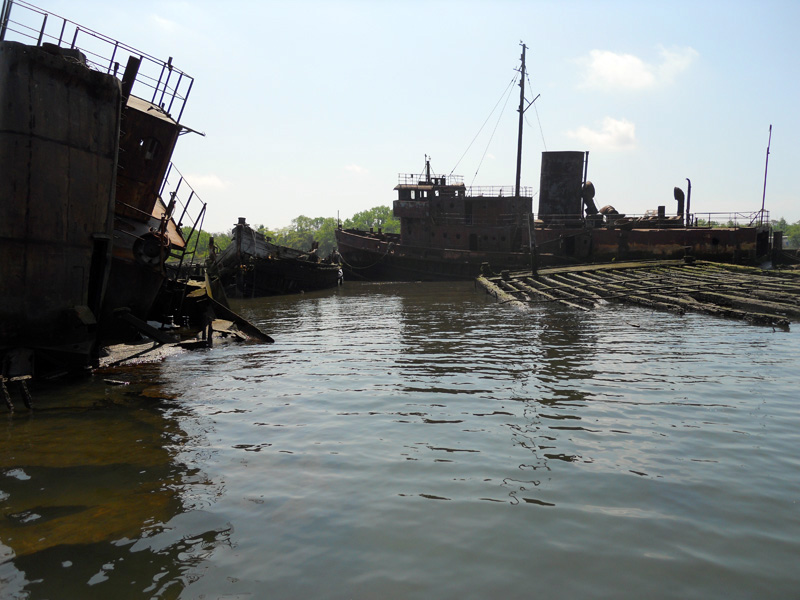
It looked as though things had moved around a little after Sandy.
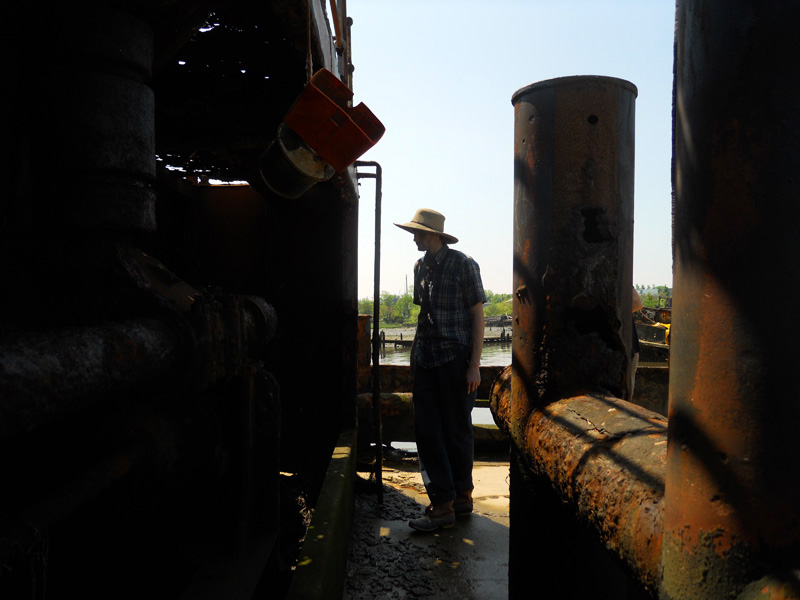
We climbed aboard some of the wrecks.
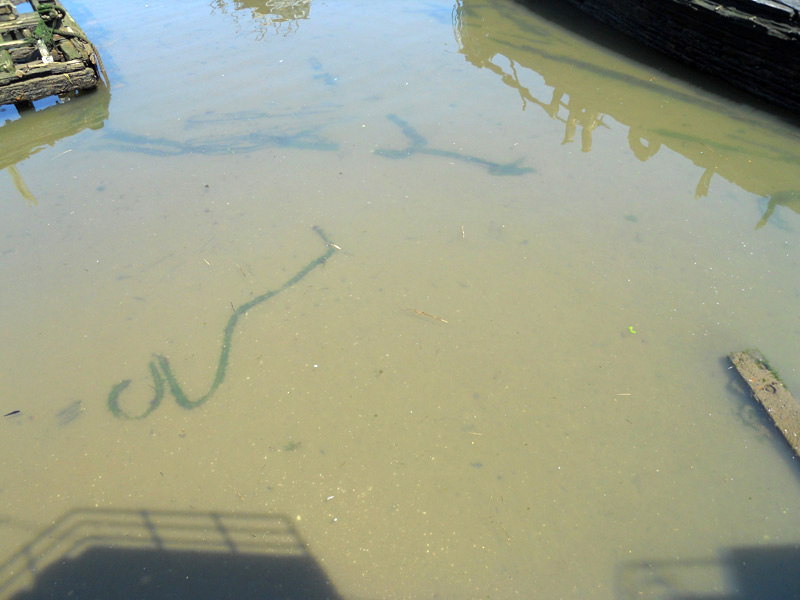
The tide was so low that we could see things living along the bottom. You can’t really see them in this picture, but there were snails, fish, oysters, crab, and mussels.
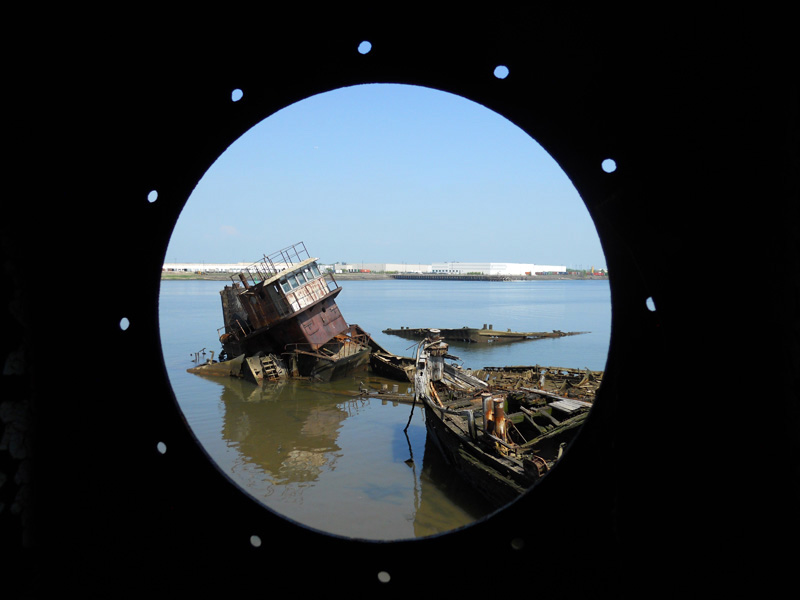
I took a picture from a spot where I have been before, to try and see how the ships had moved.
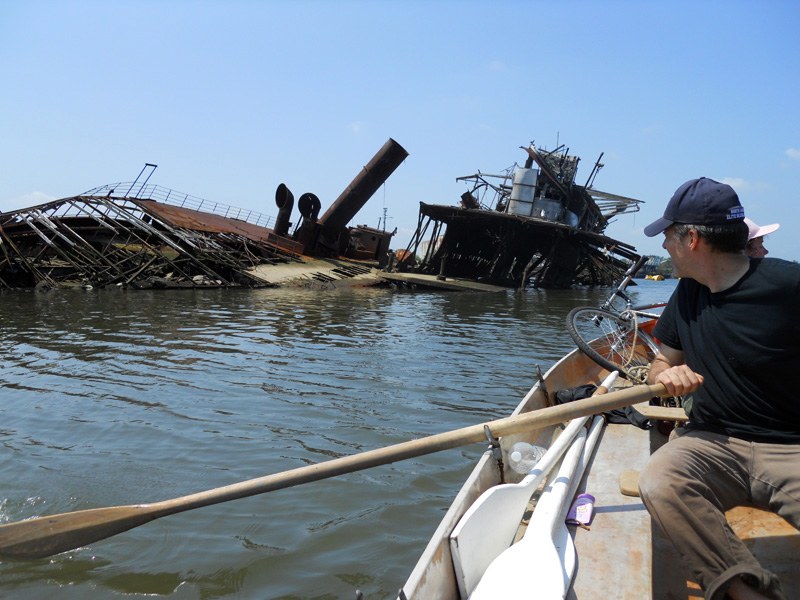
Everything seemed more squashed together in the yard,
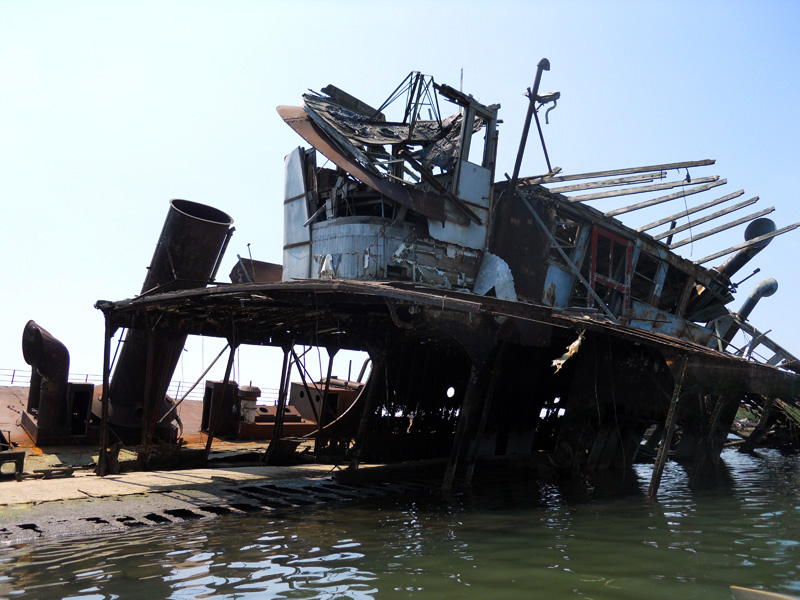
and there were debris piled high up on some of the wrecks.
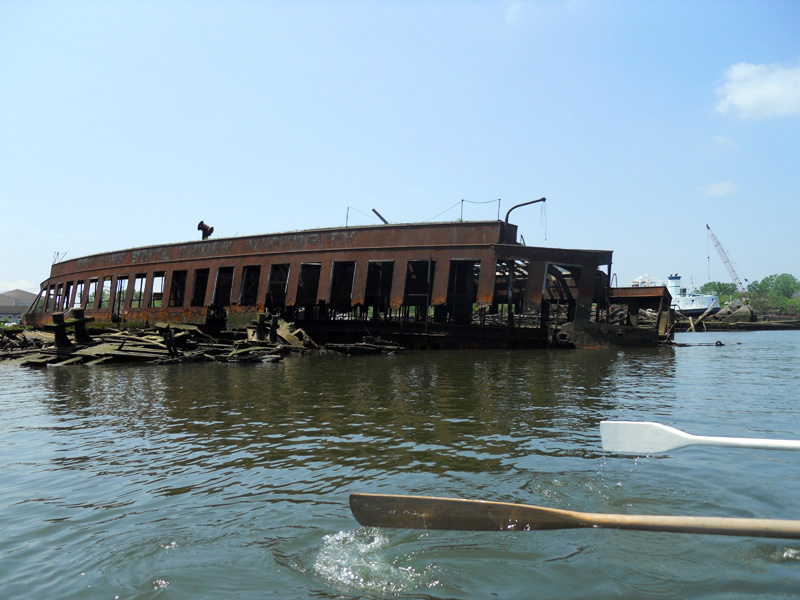
Some things lay motionless and unaffected.
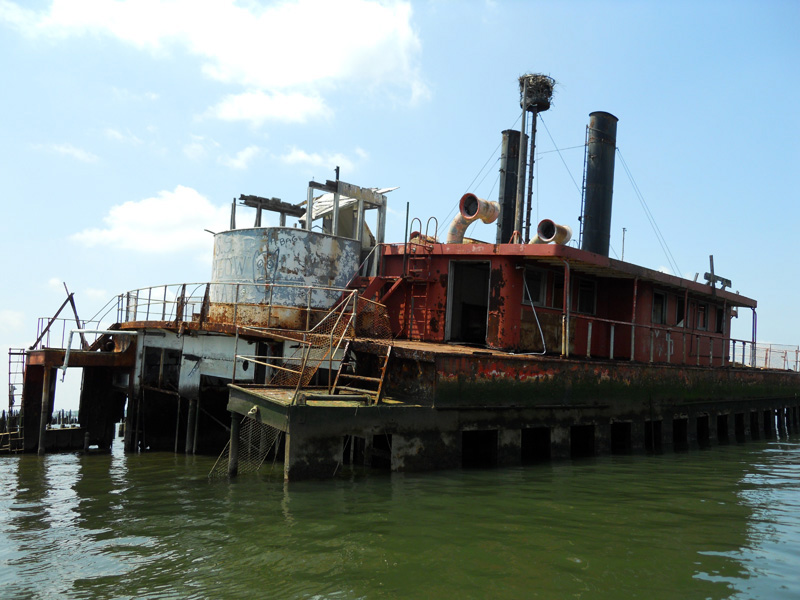
Across the river, Rob spotted a wreck that I had never seen before,
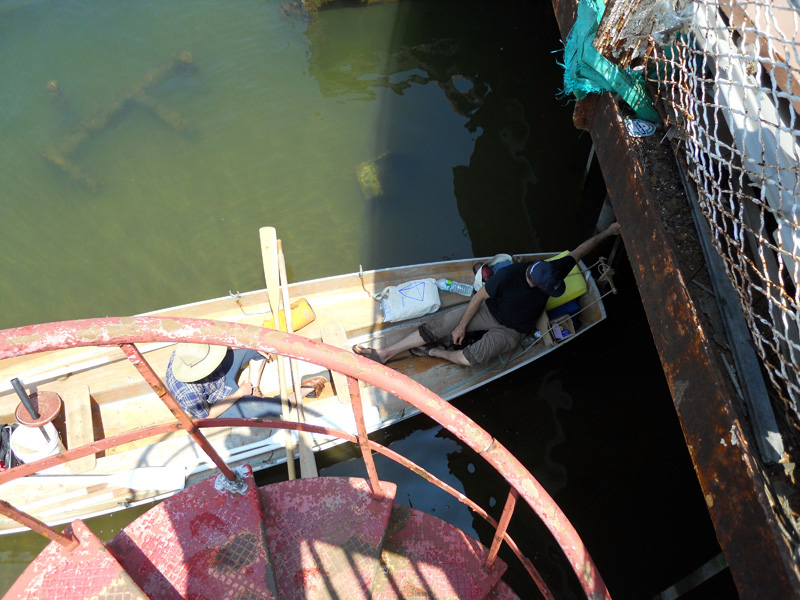
and I climbed aboard to investigate.
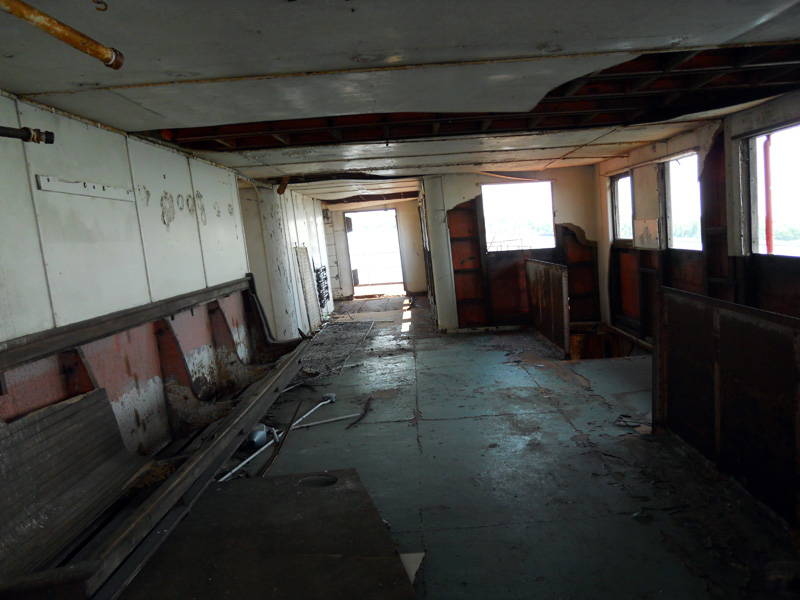
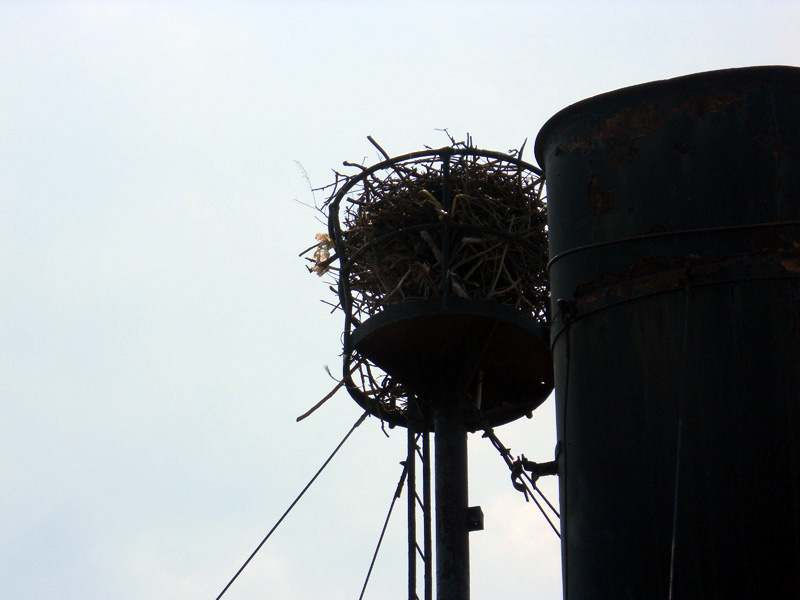
Our presence was causing some consternation among a famlily of osprey nesting in the crows nest of the ferry,
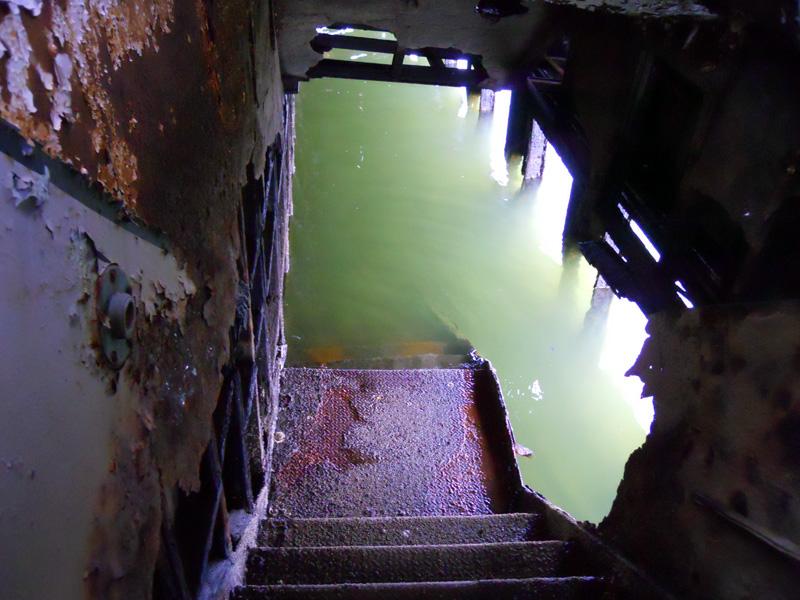
so I crept back down to the boat,
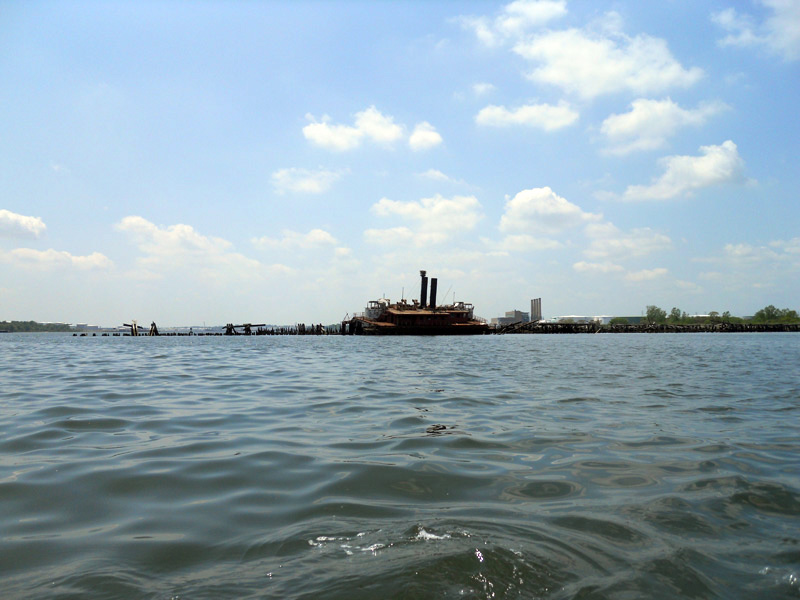
and we drifted away to a giant steel thing.
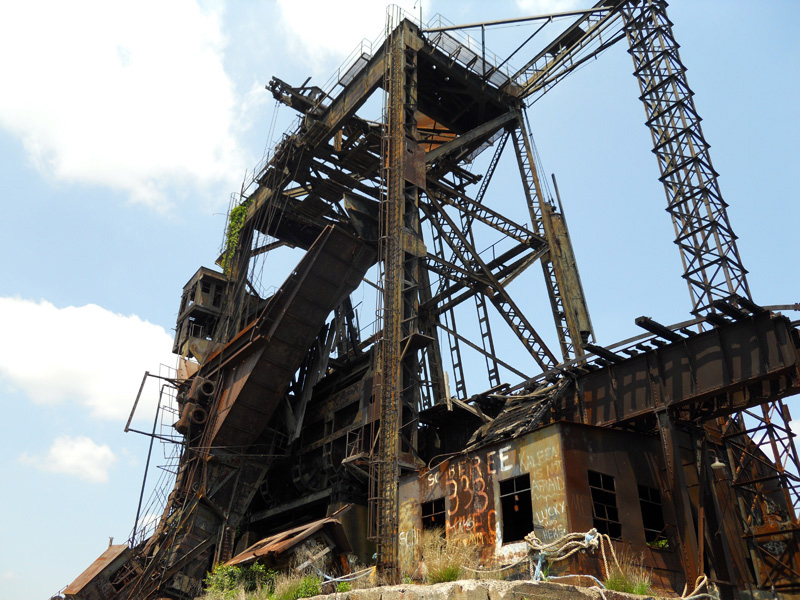
Rob made a note to ask his friend, an archeologist of old steel, just what this thing could be.
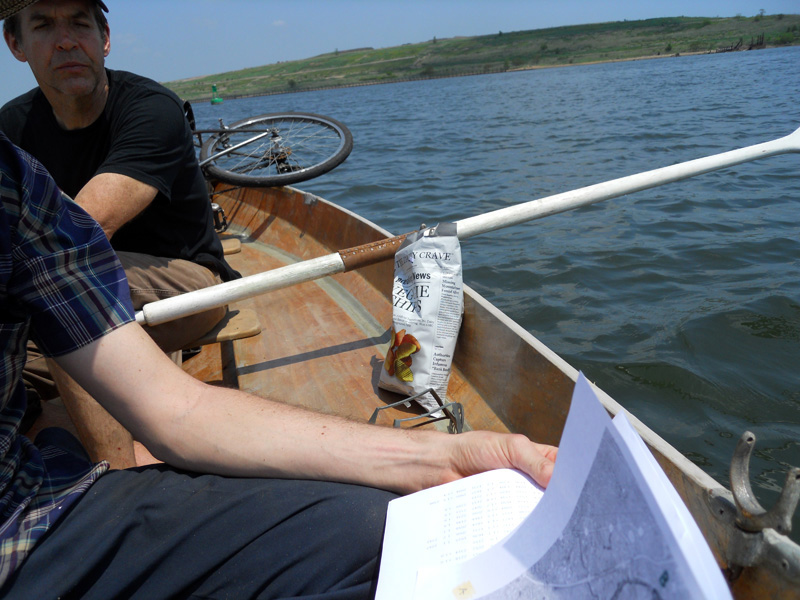
On the way back Rob rowed while Willis and I worked on the Tide Wheel.
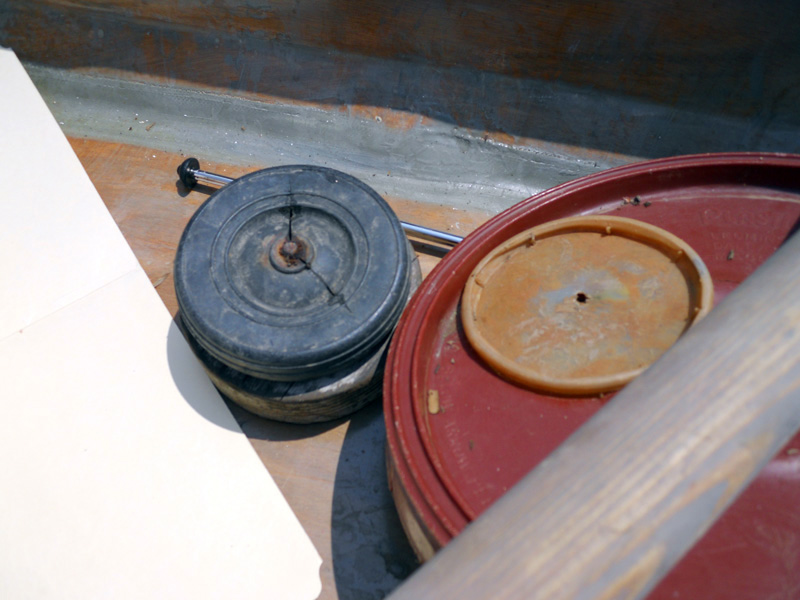
We wanted to make a 3-D version out of some of the stuff that we collected from the beach.
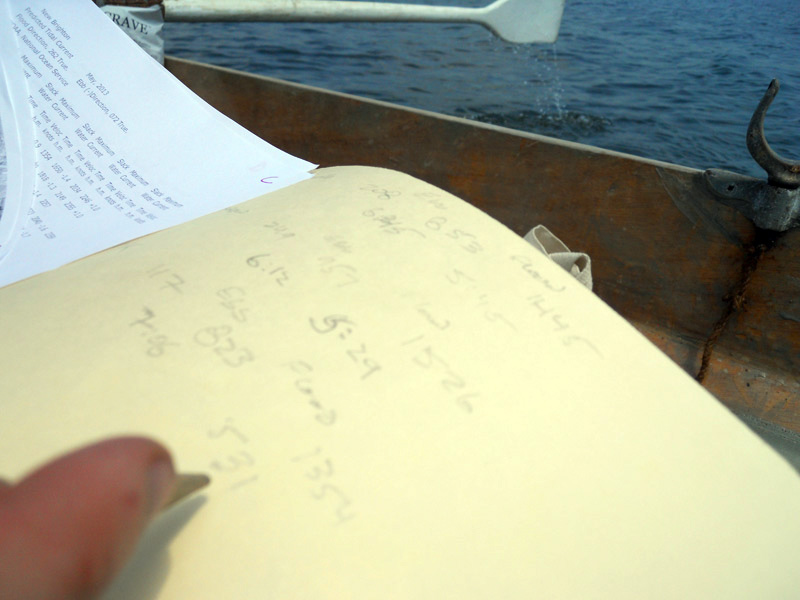
Willis and Rob figured out the math of how the wheel should work, and I constructed the wheel.
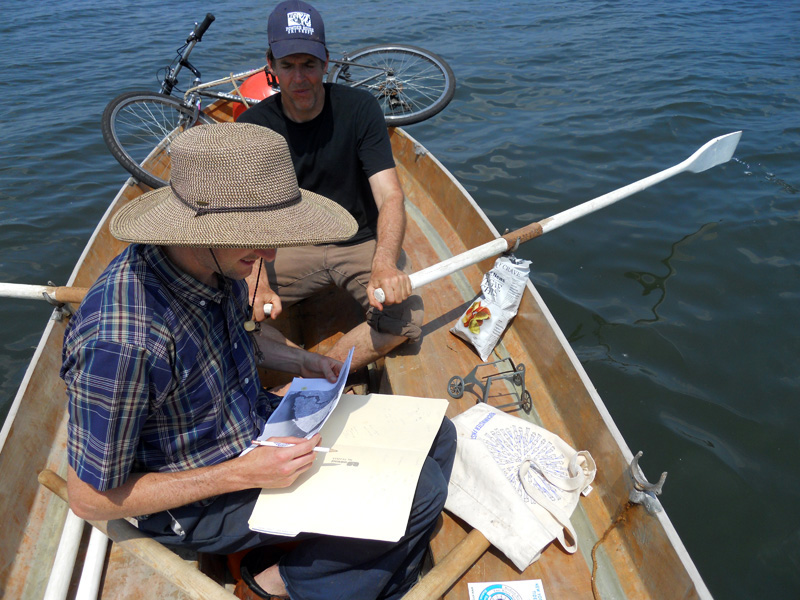
It is funny though, we didn’t actually finish the wheel right then.
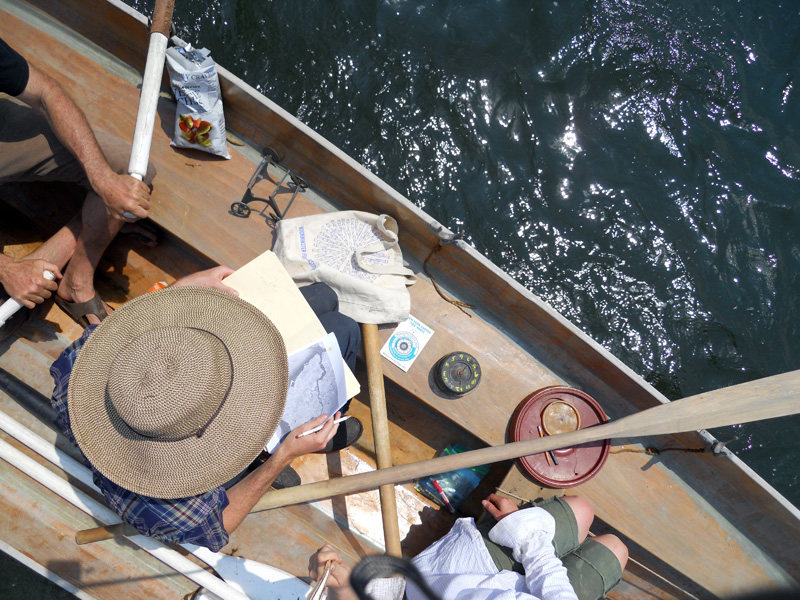
I always think that I am going to have  a lot of spare time when I am out in boats,
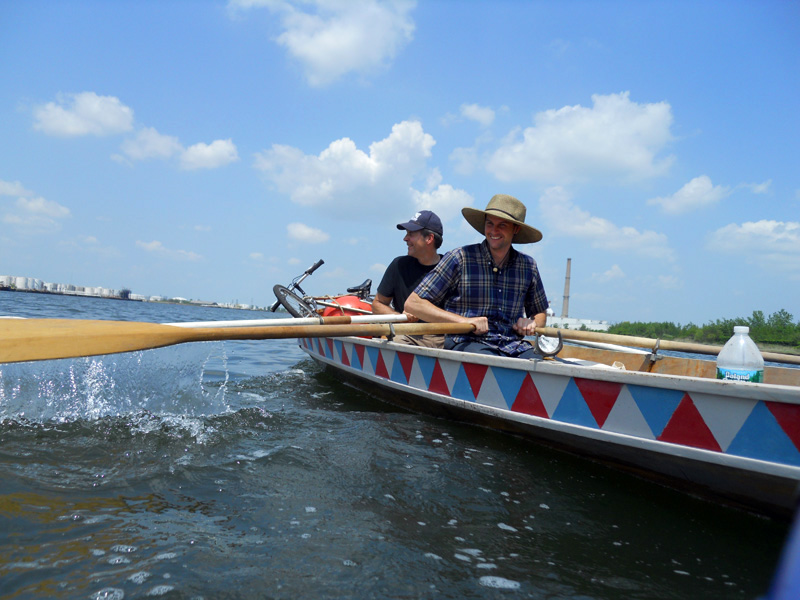
but it always ends up being so much work,

sort of.
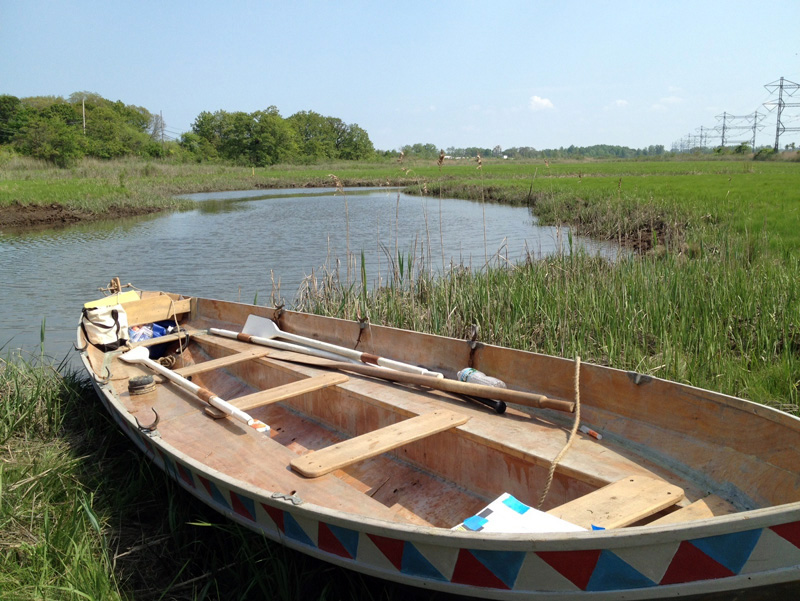

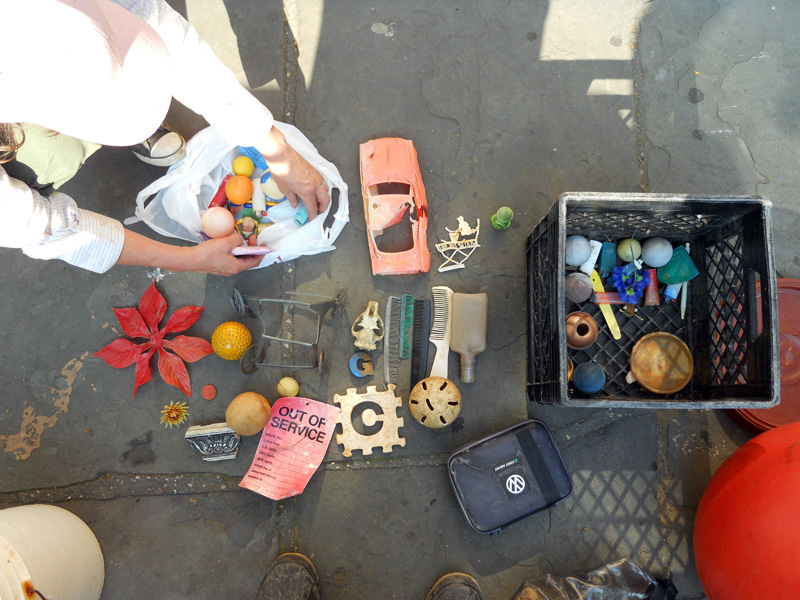
Thank you Willis and Rob for a great trip!

and also thank you Don Betts, who was not there, but lent his boat and ideas about the Tide Wheel.
↑ Return to Top of Page ↑